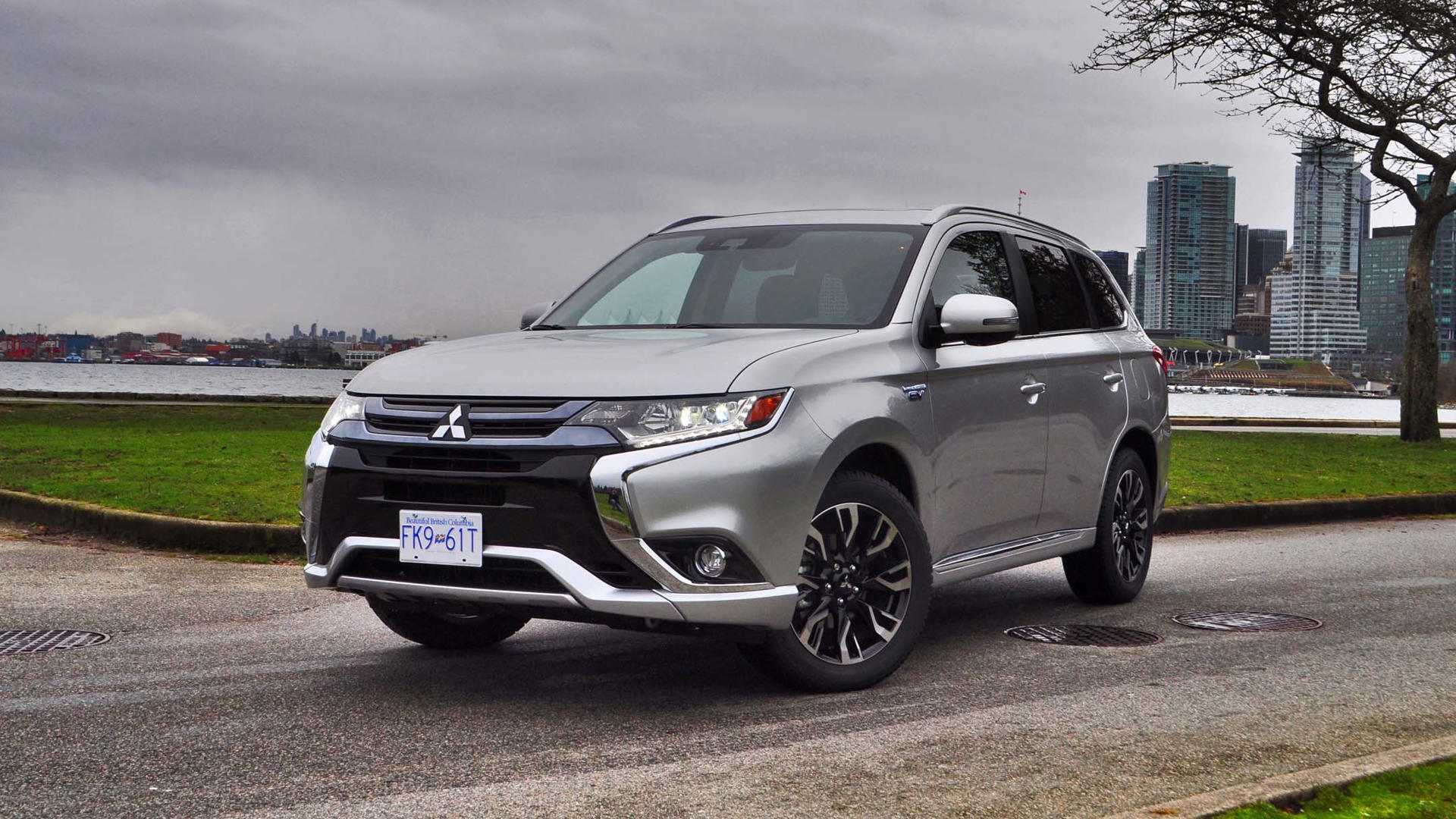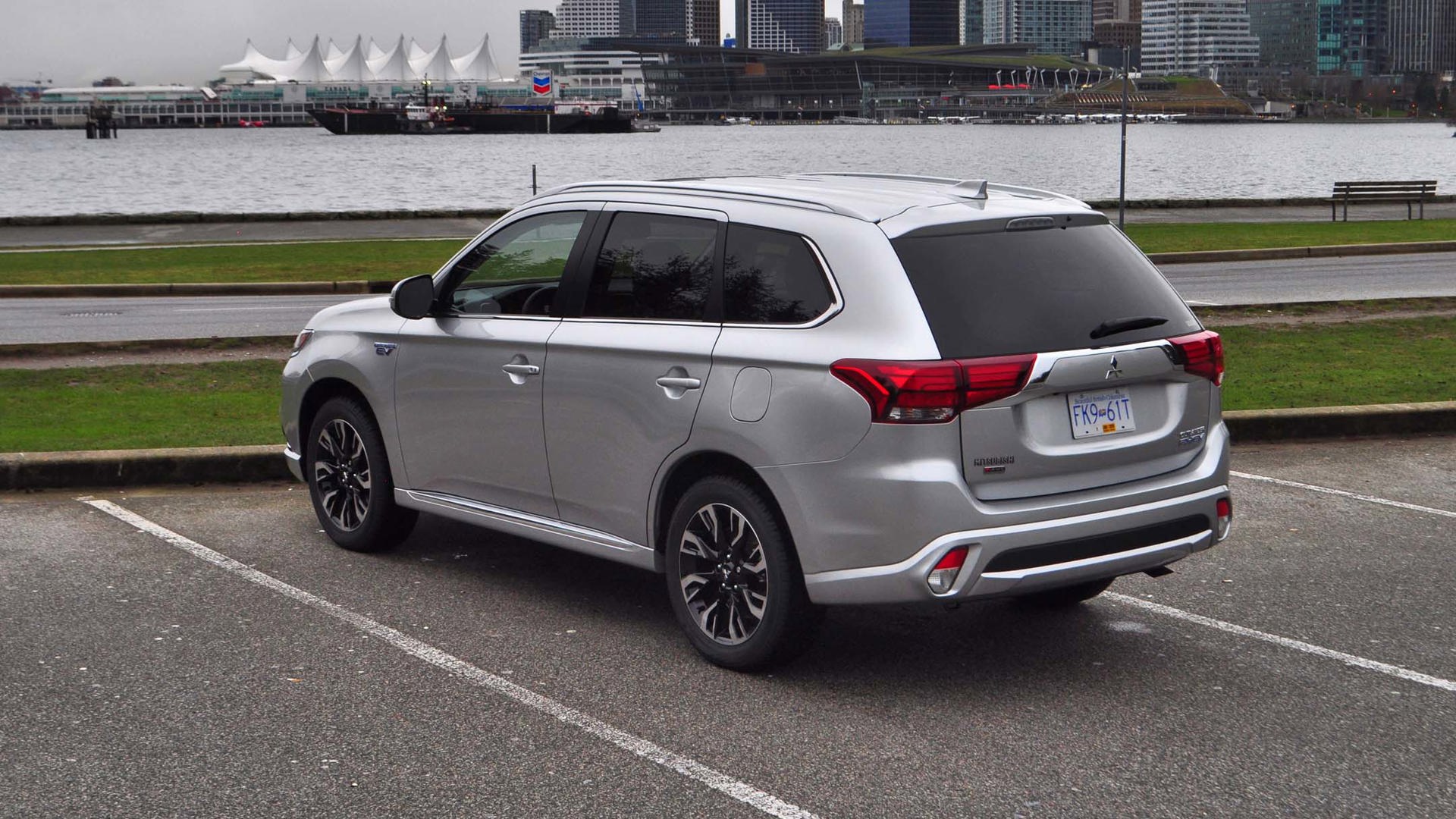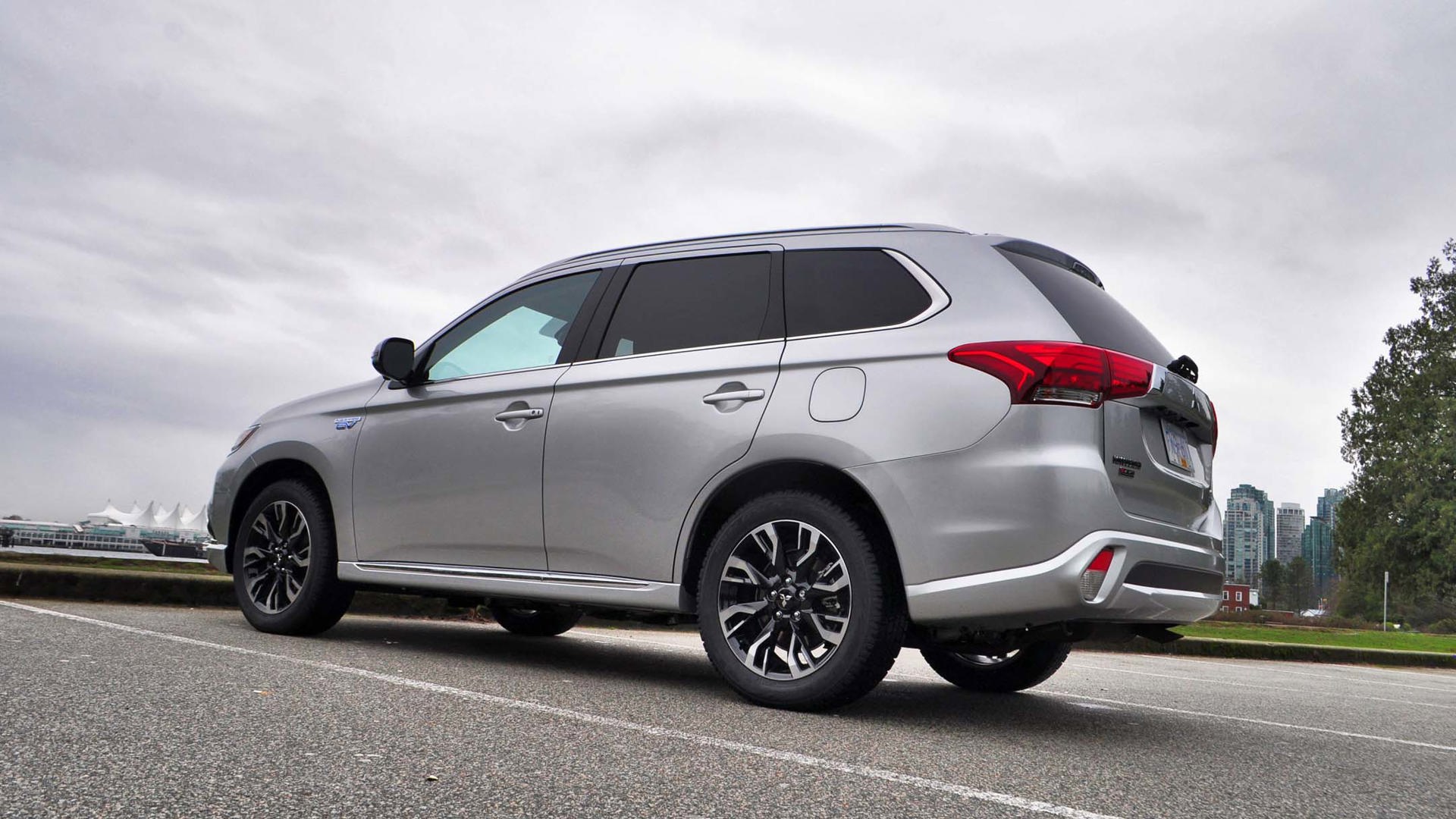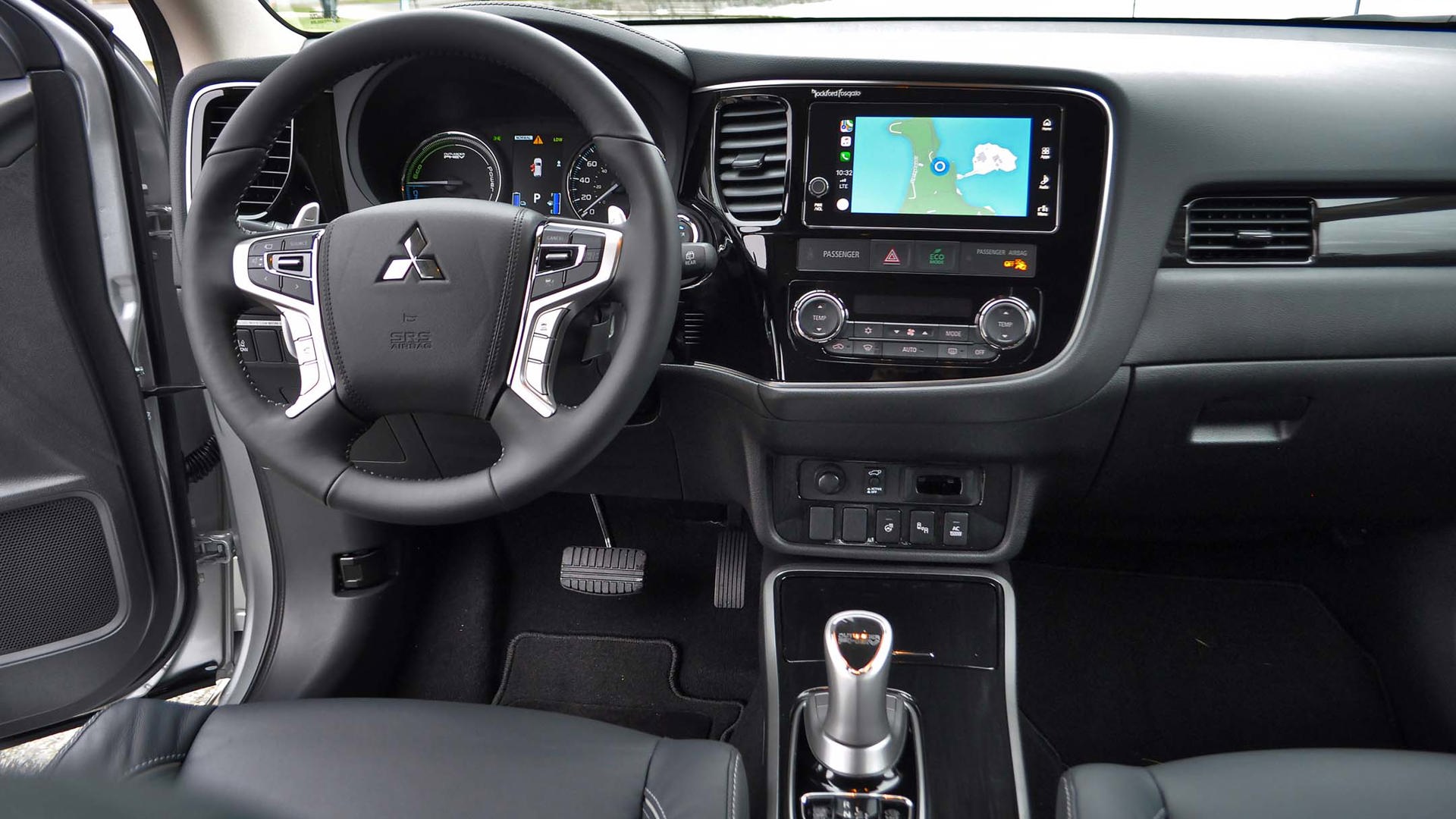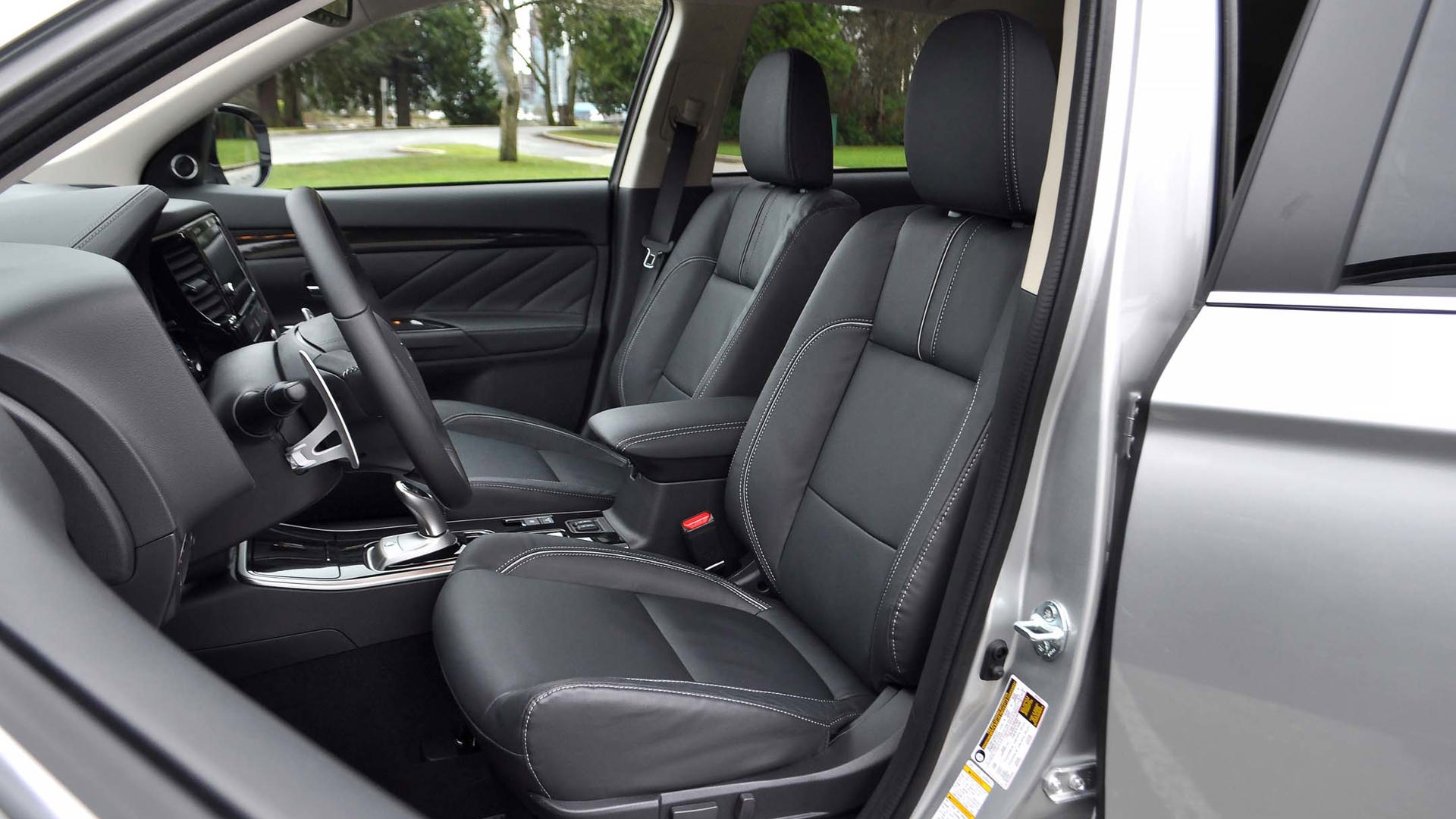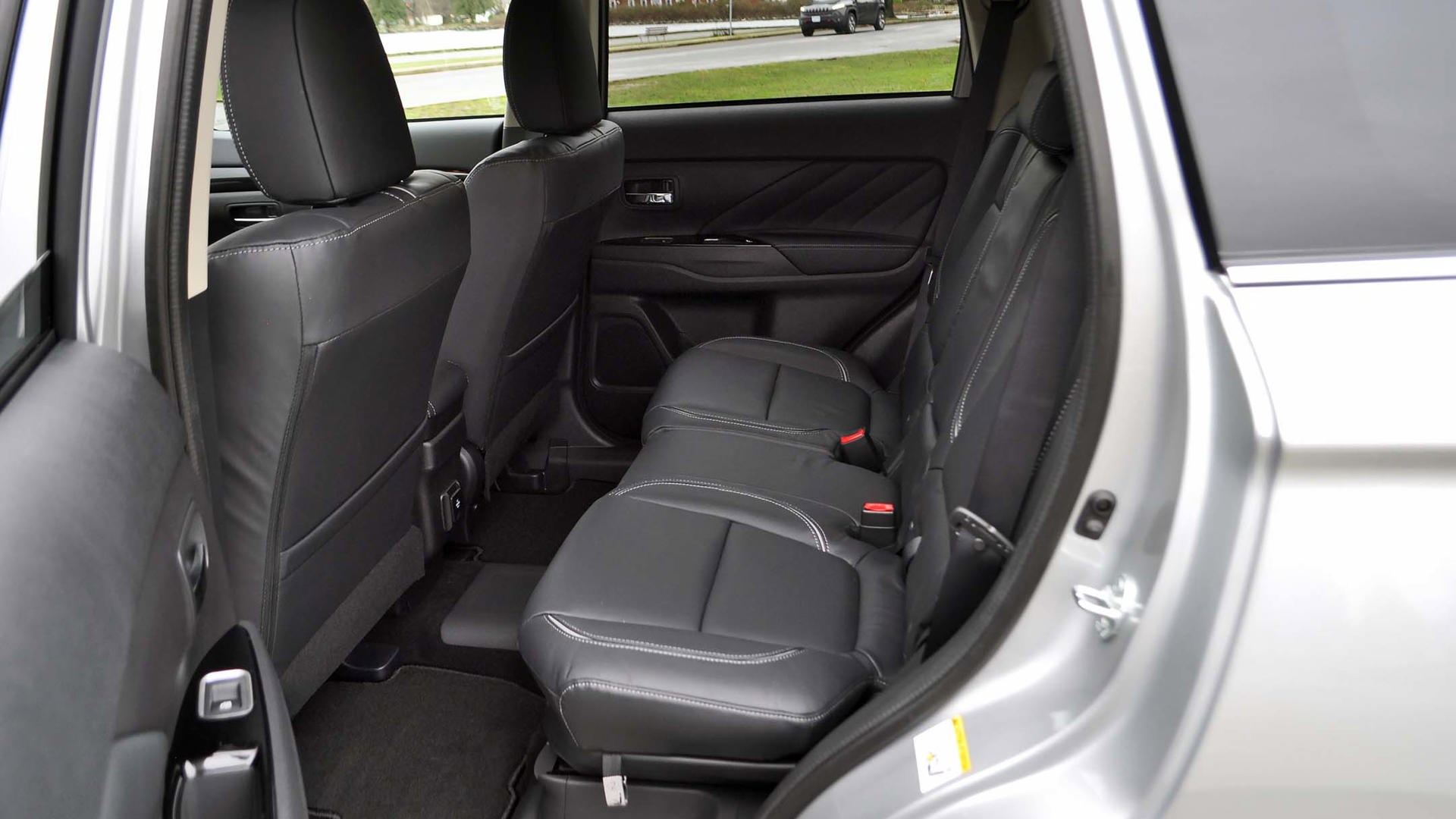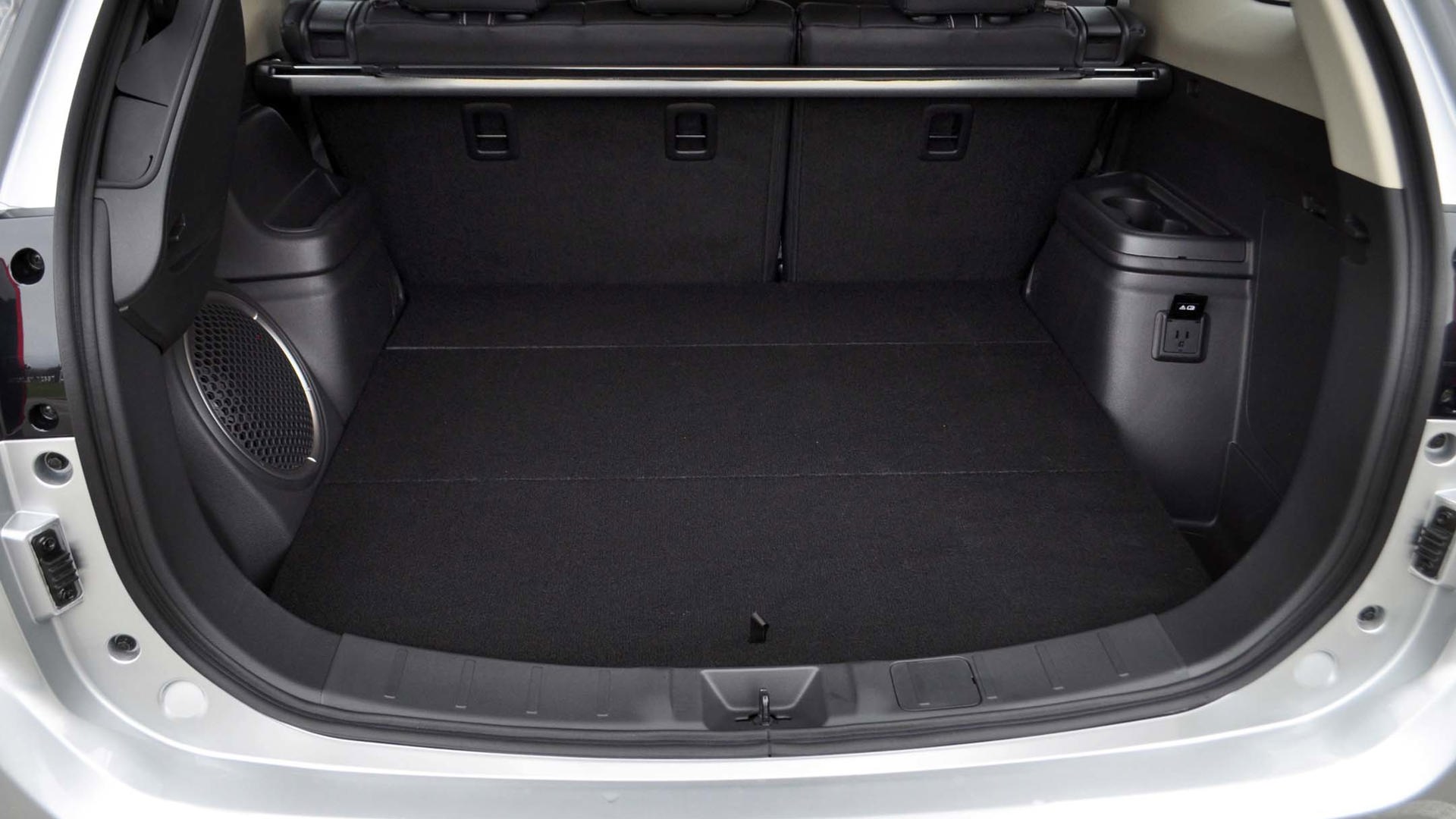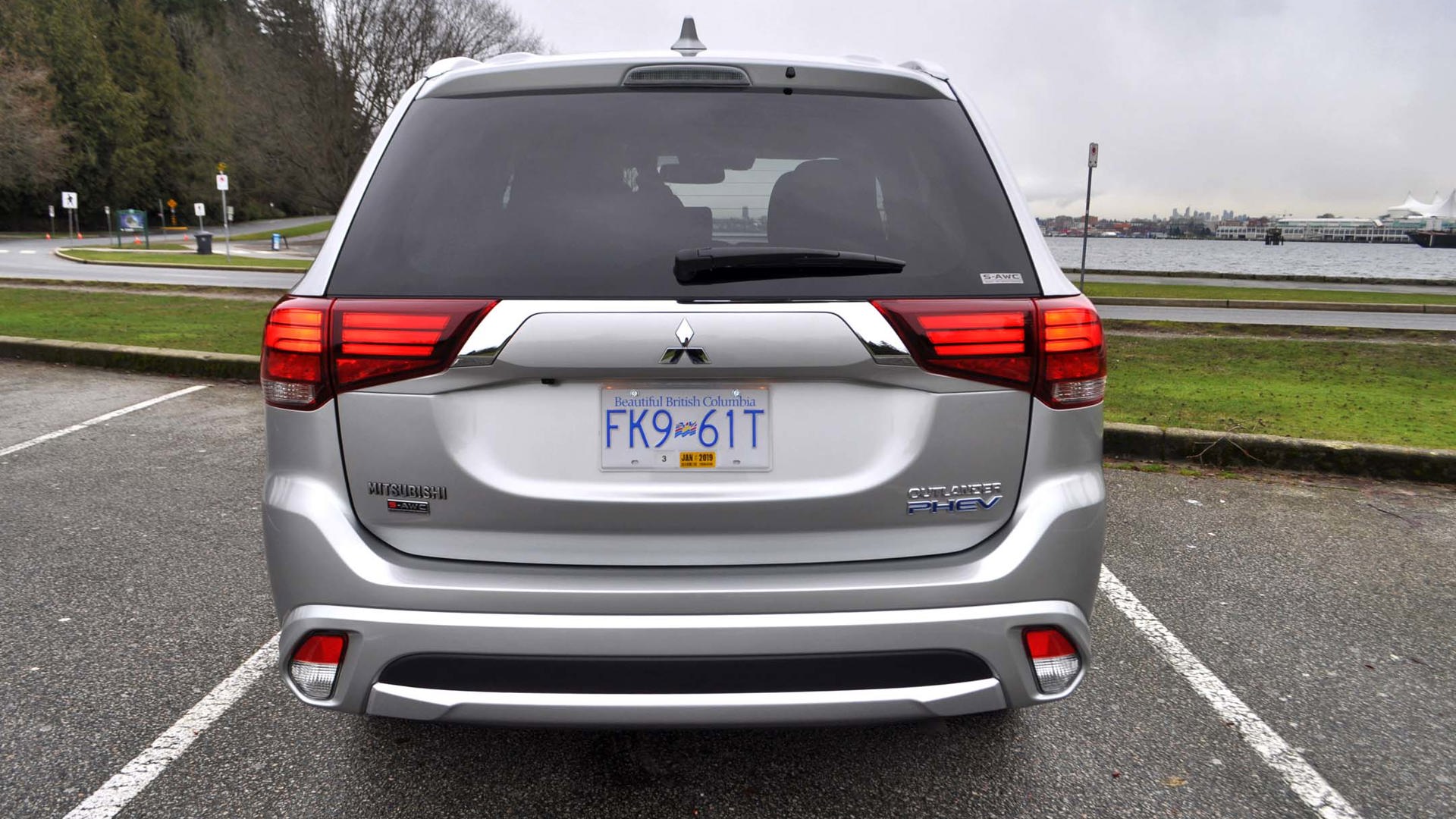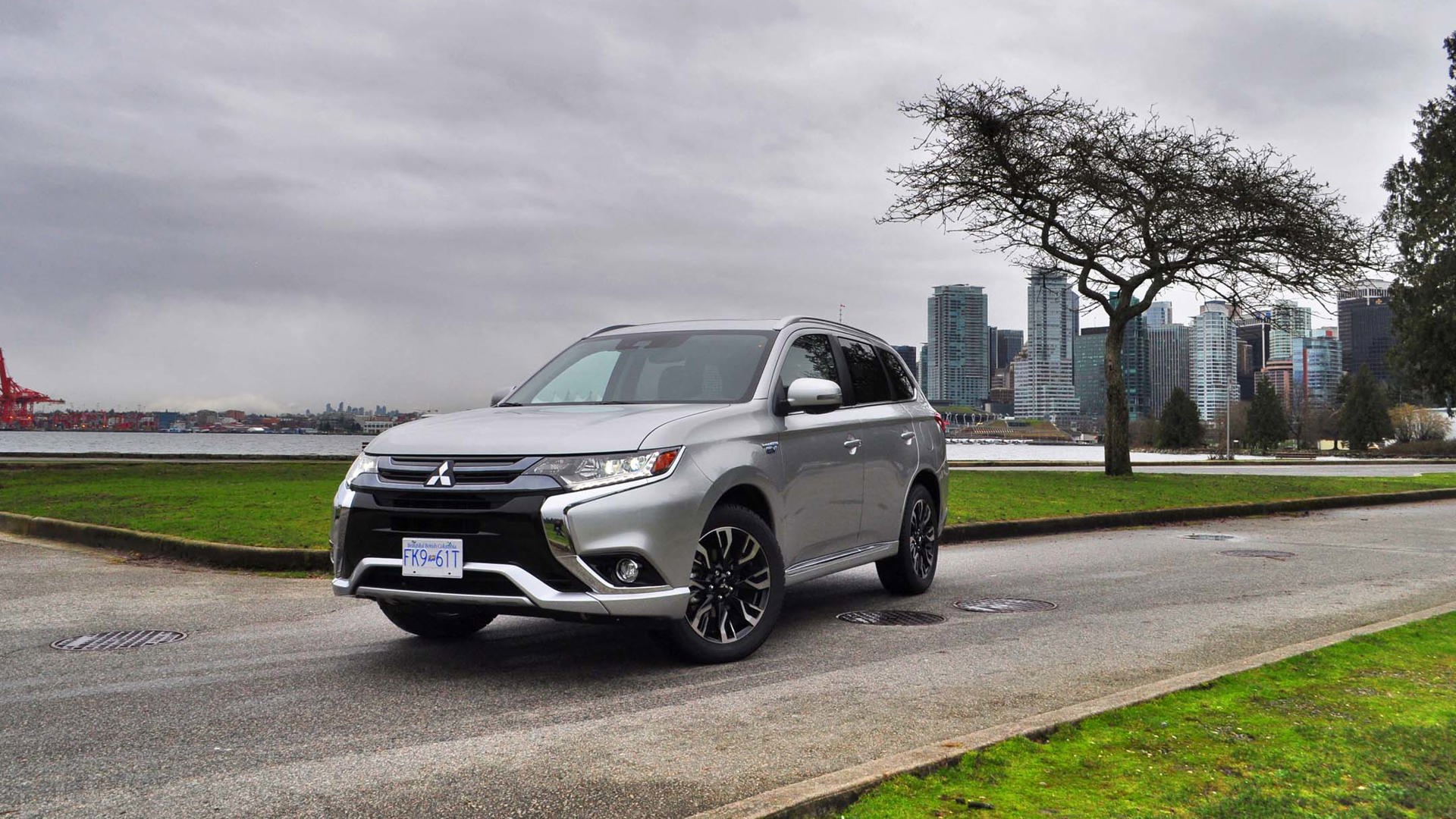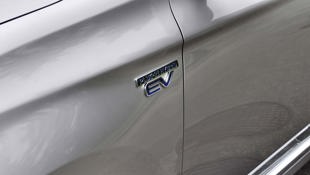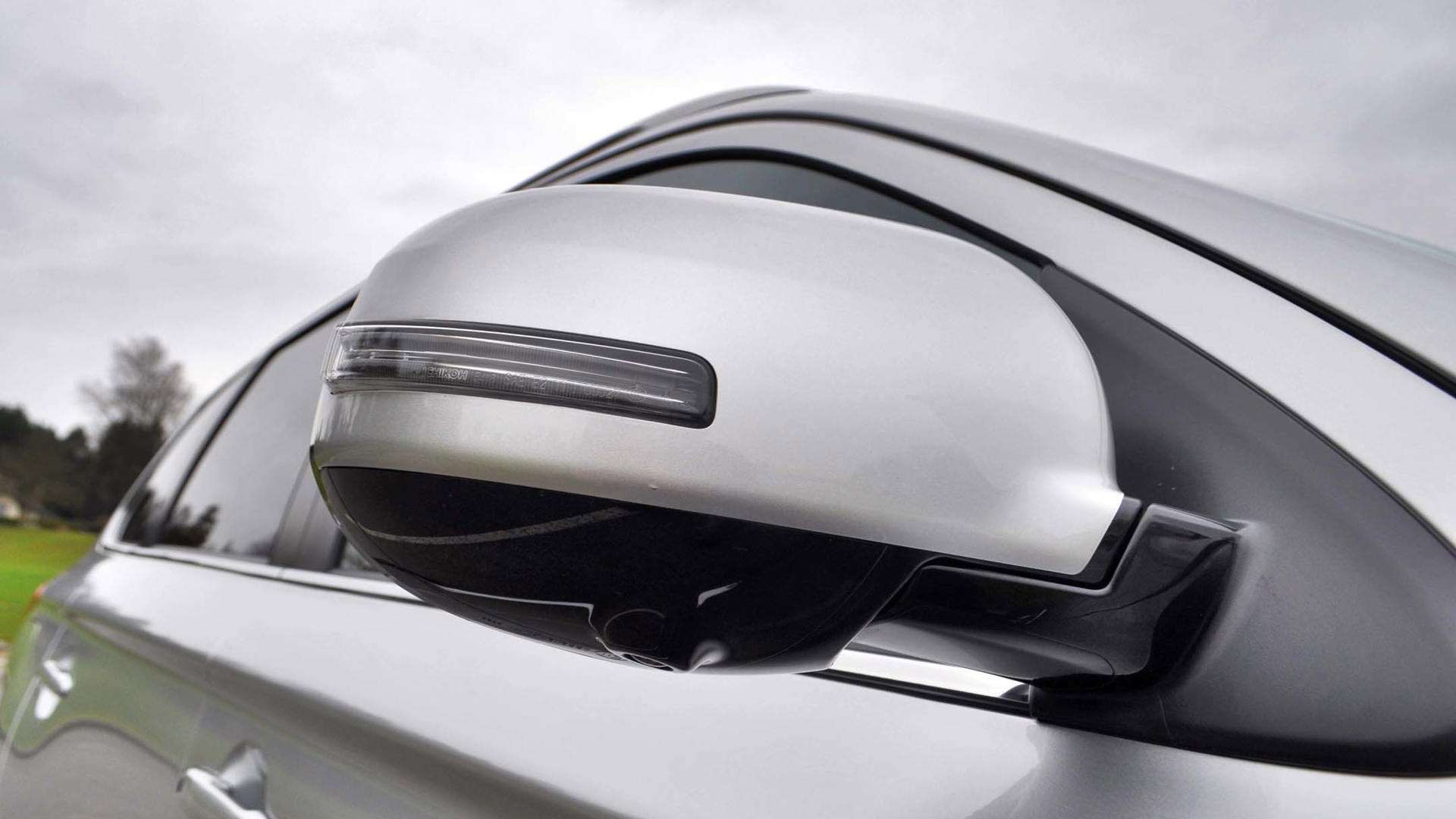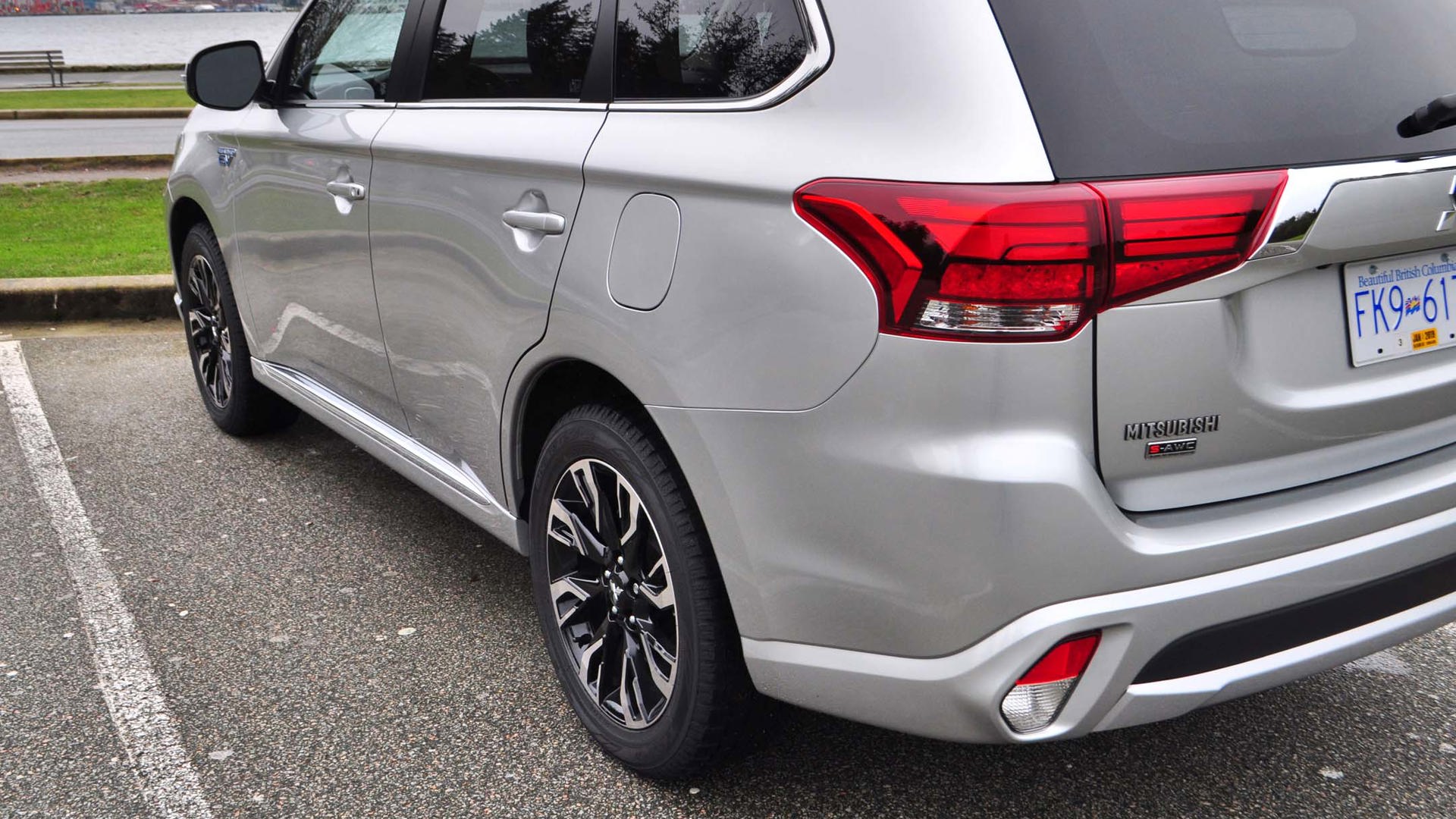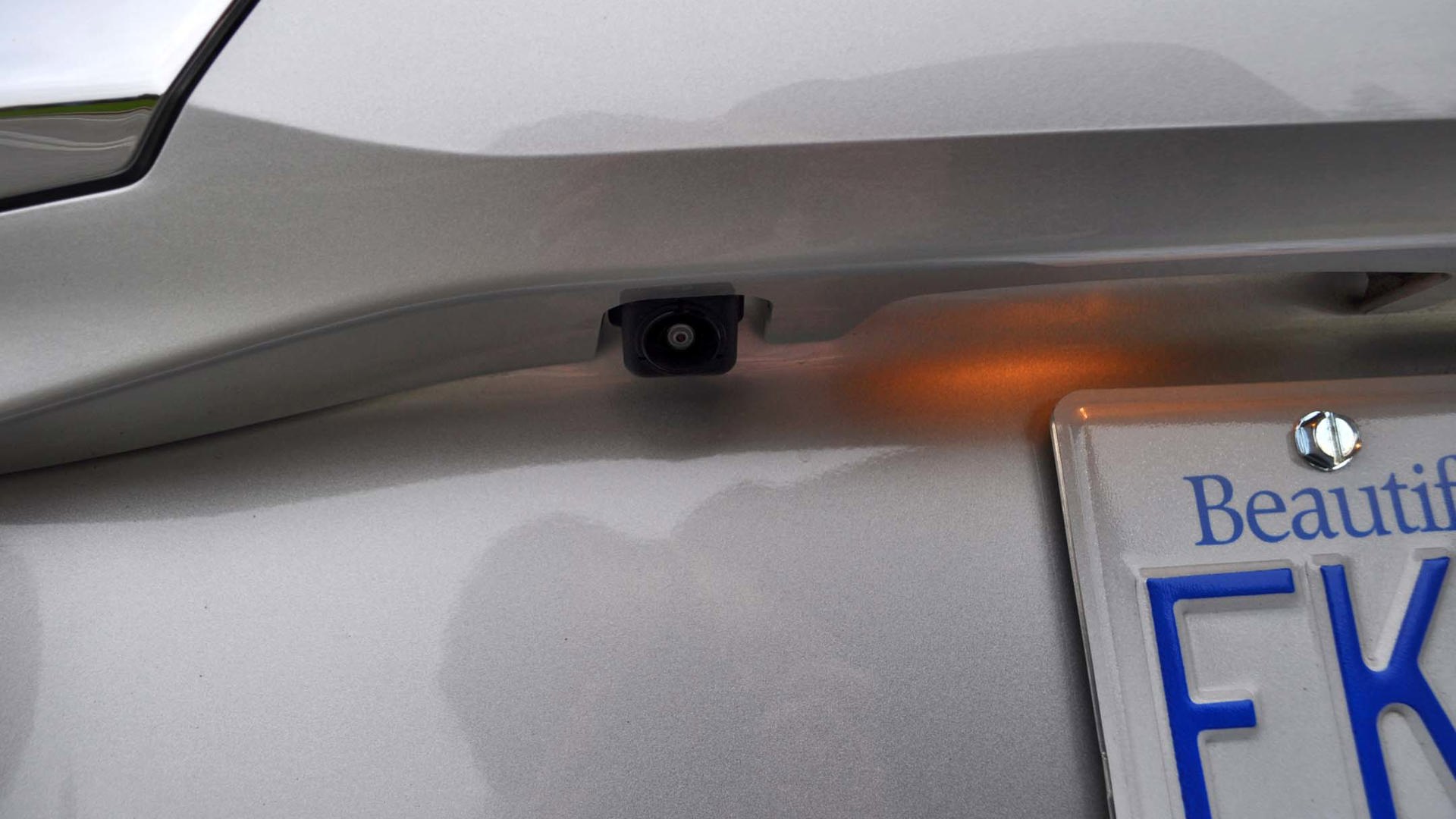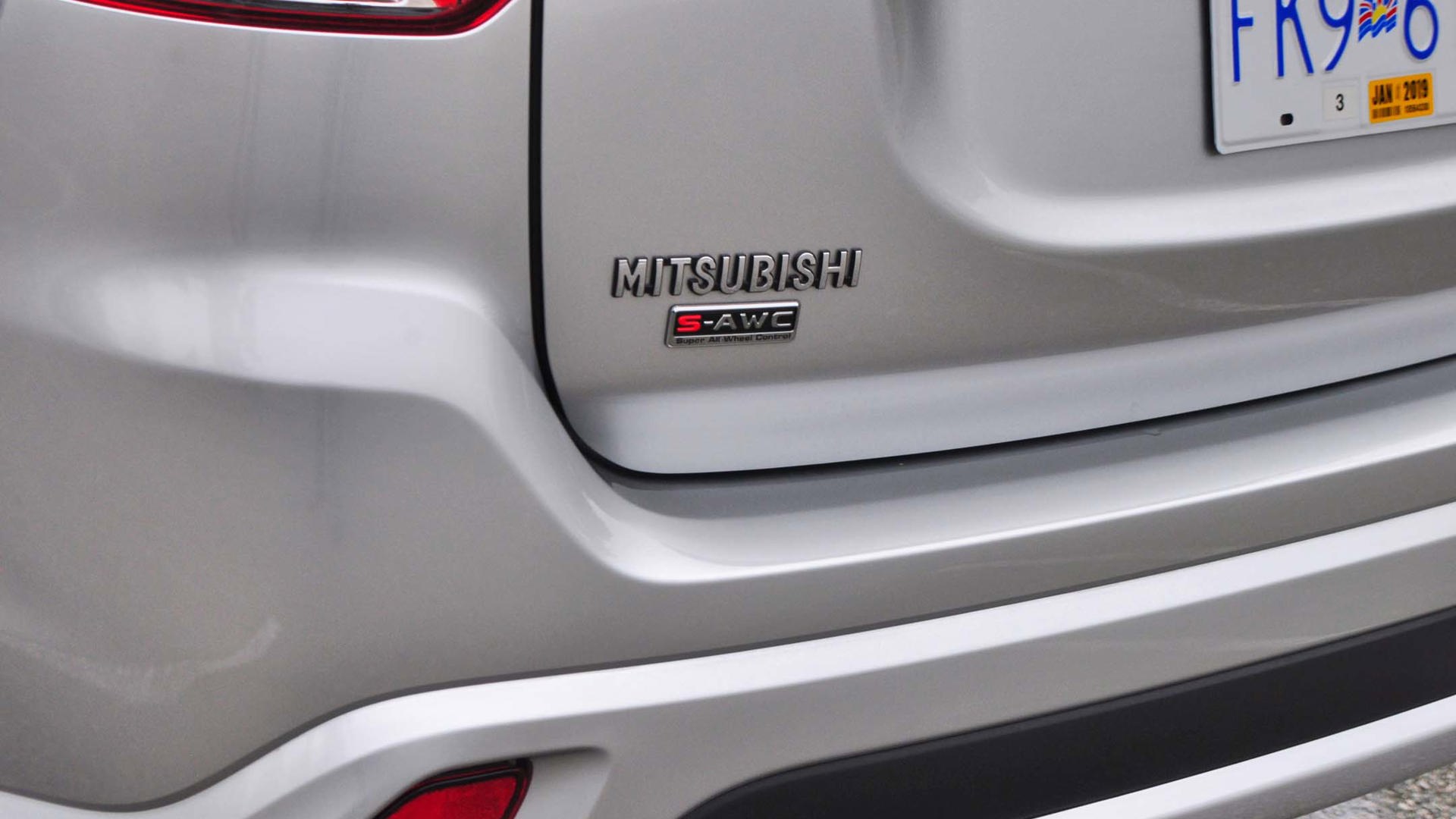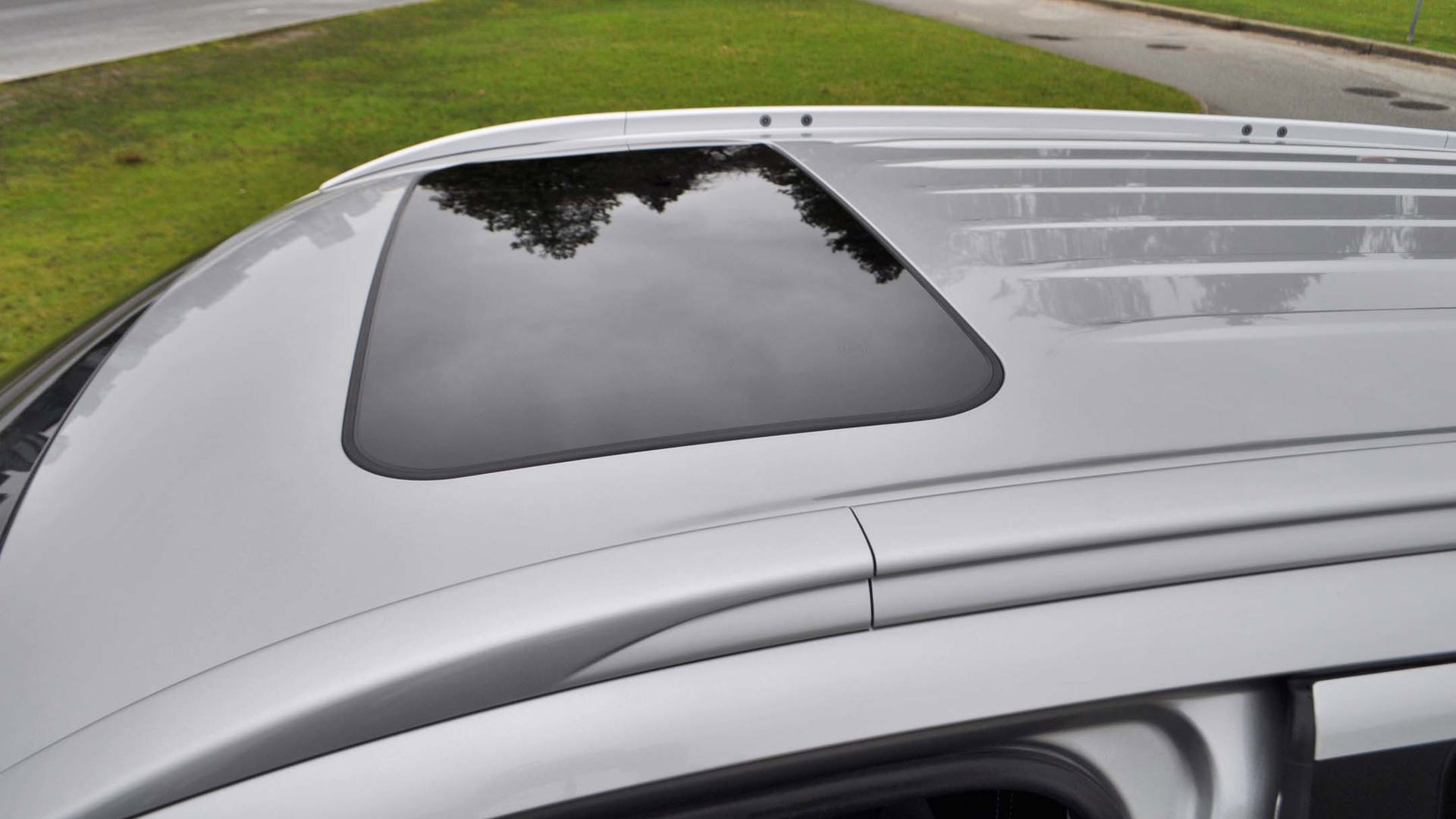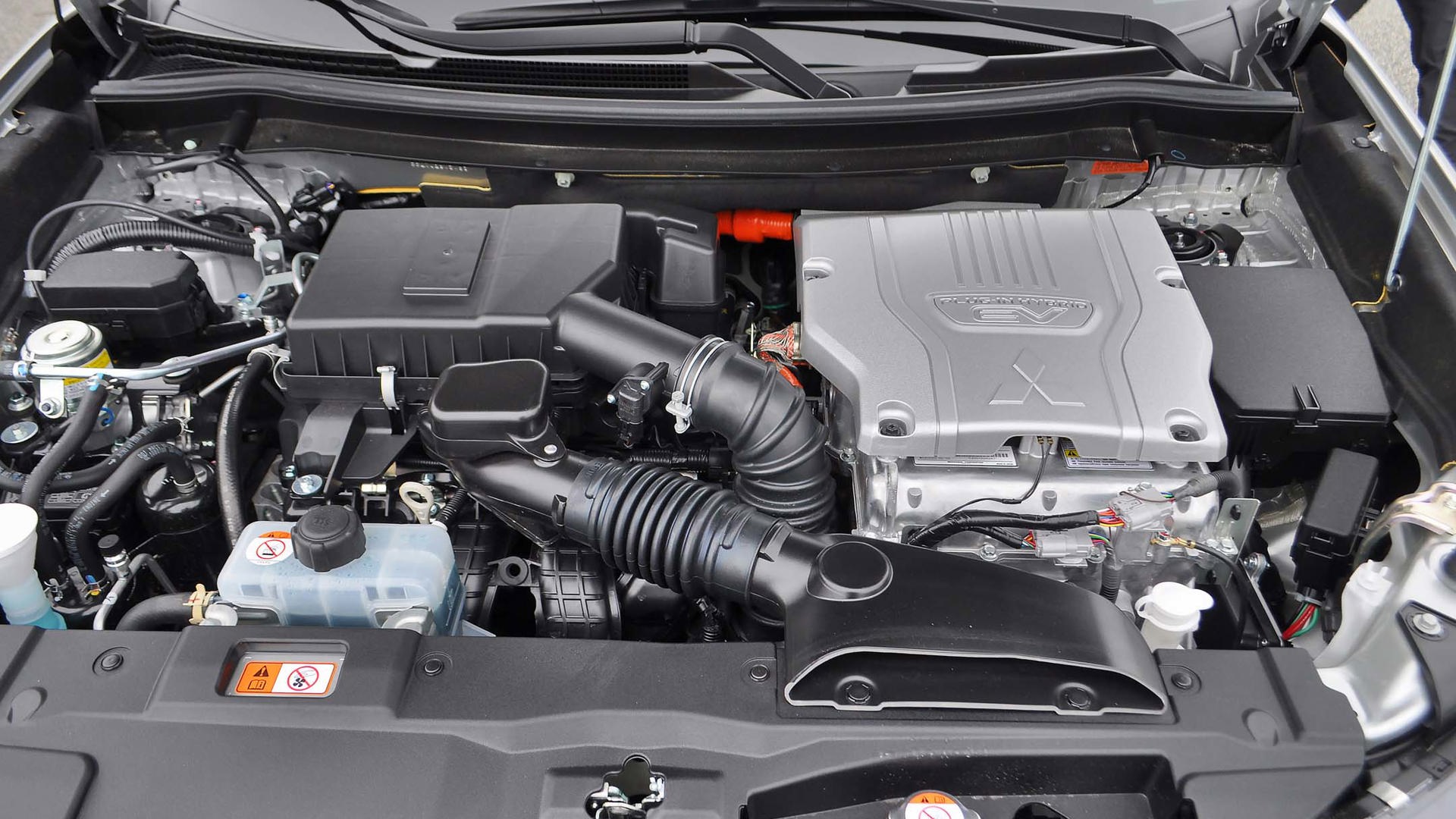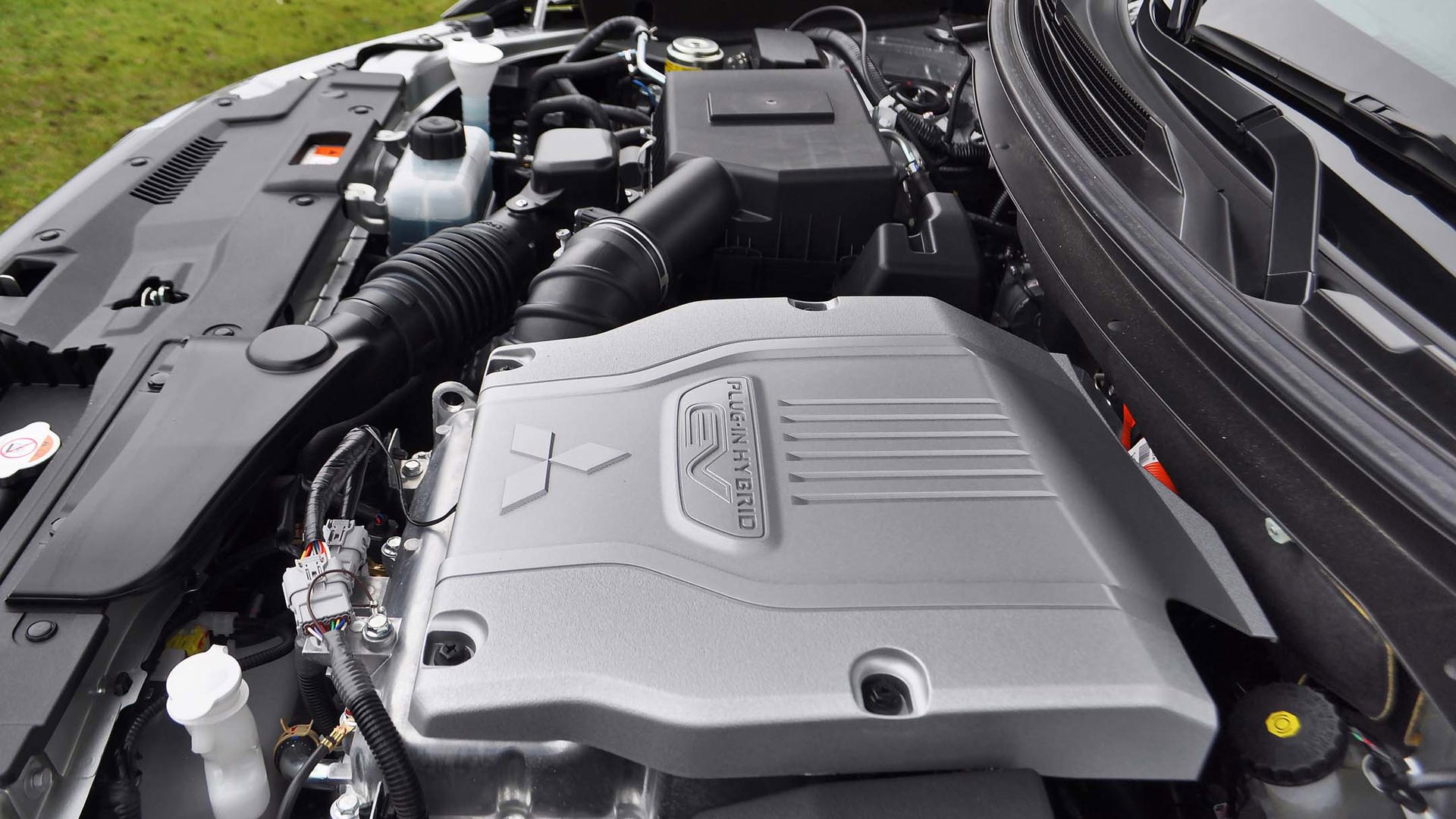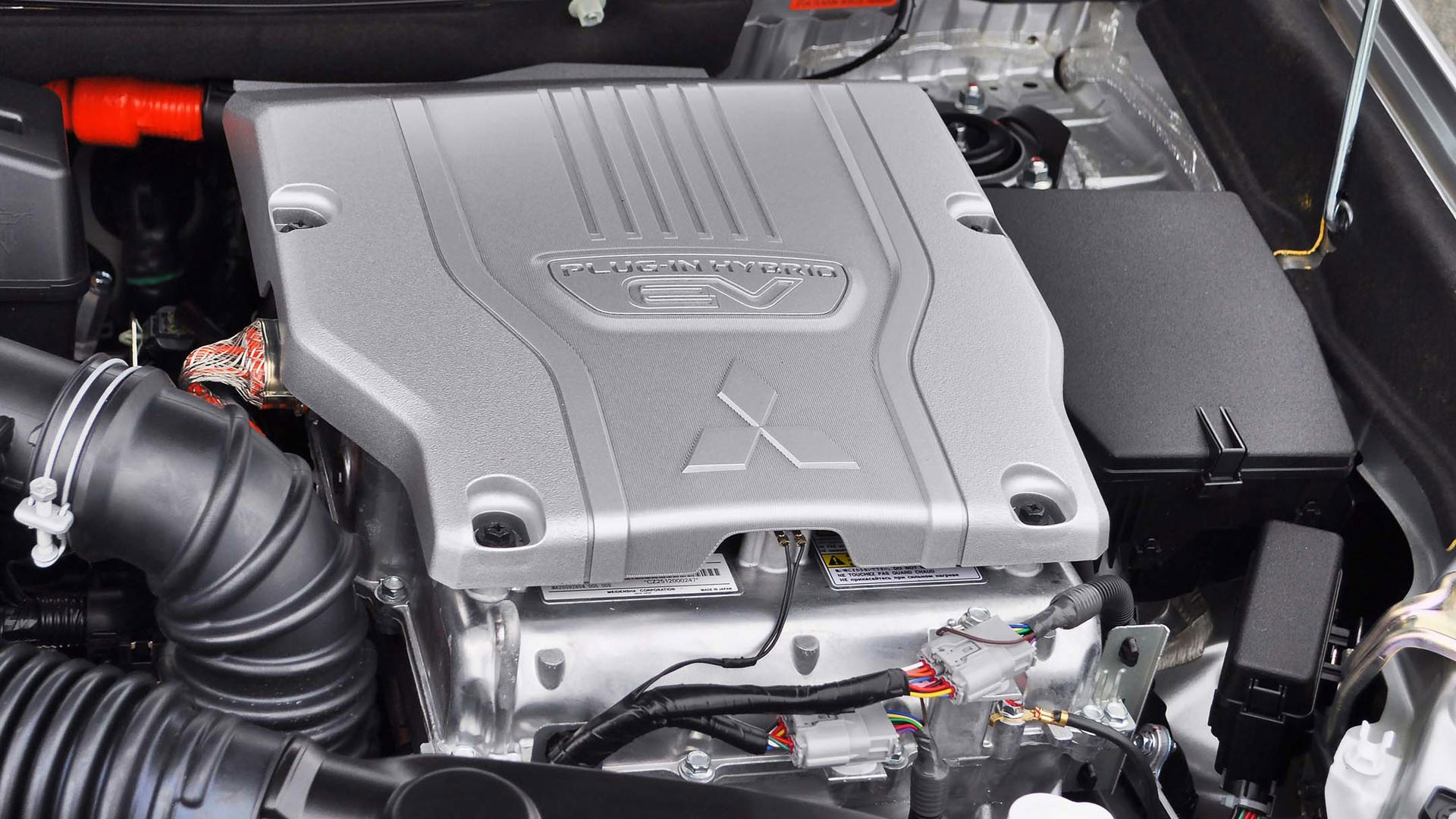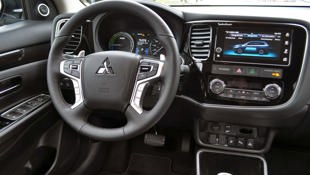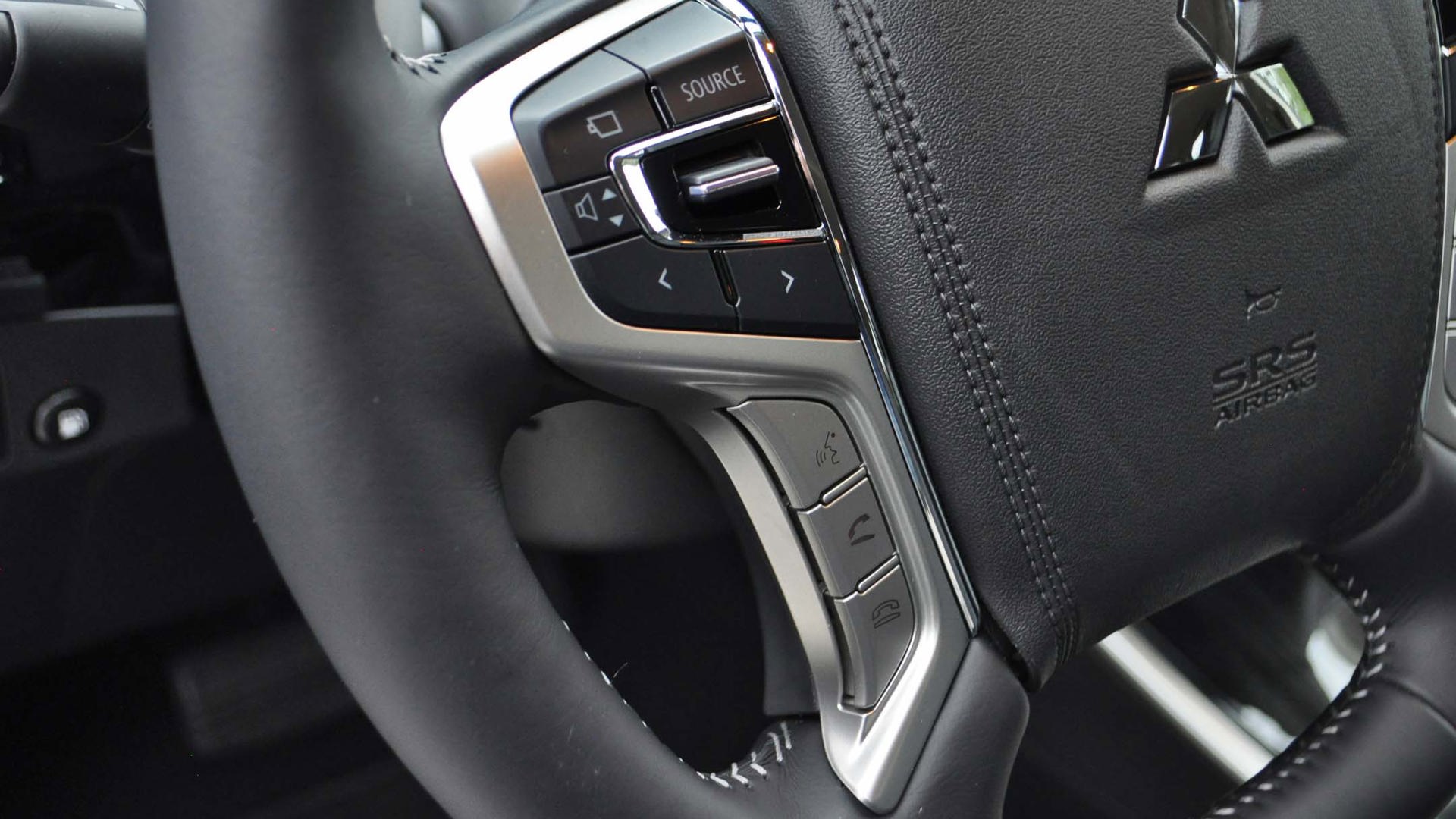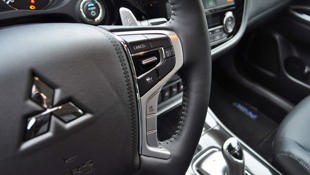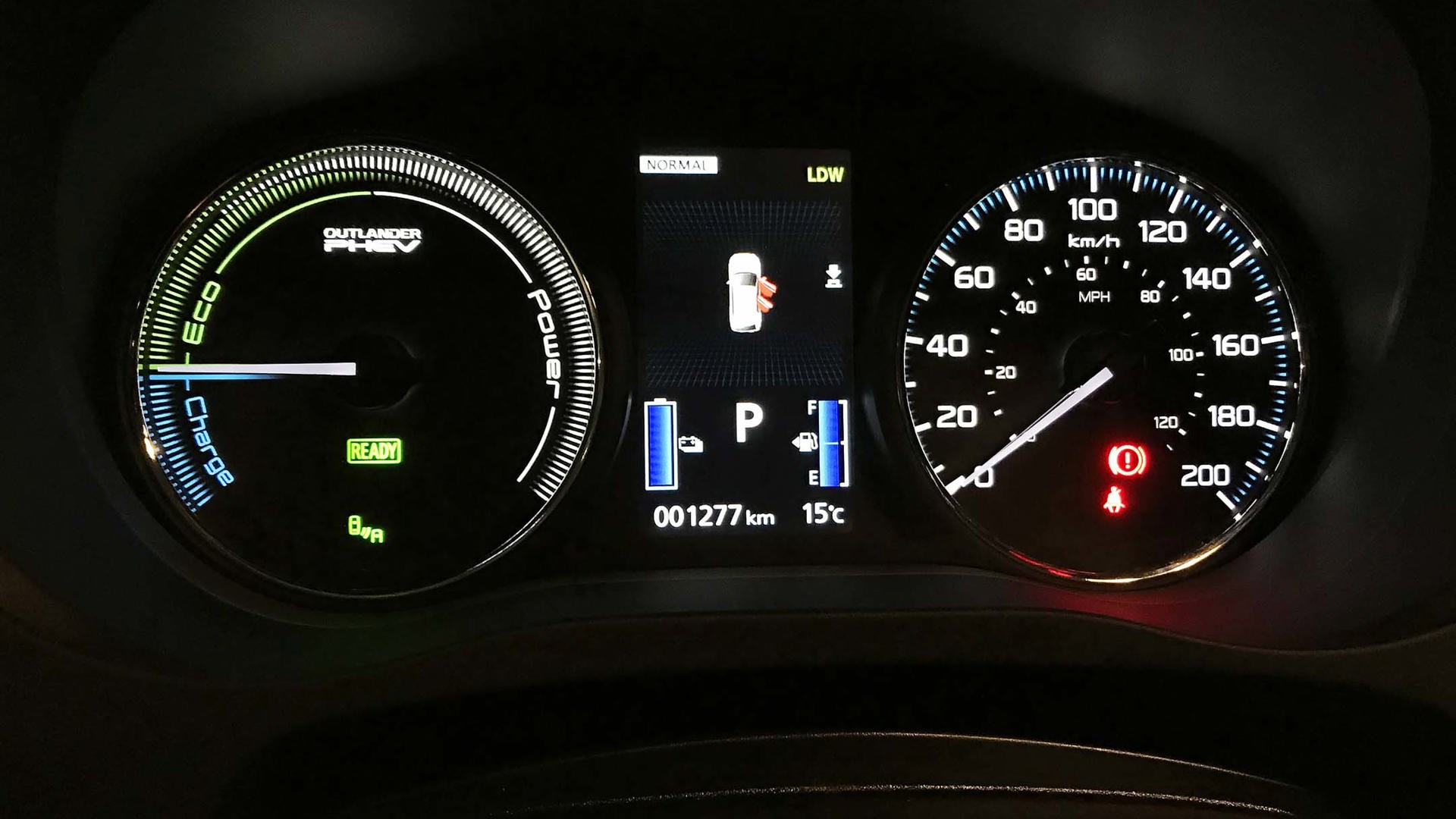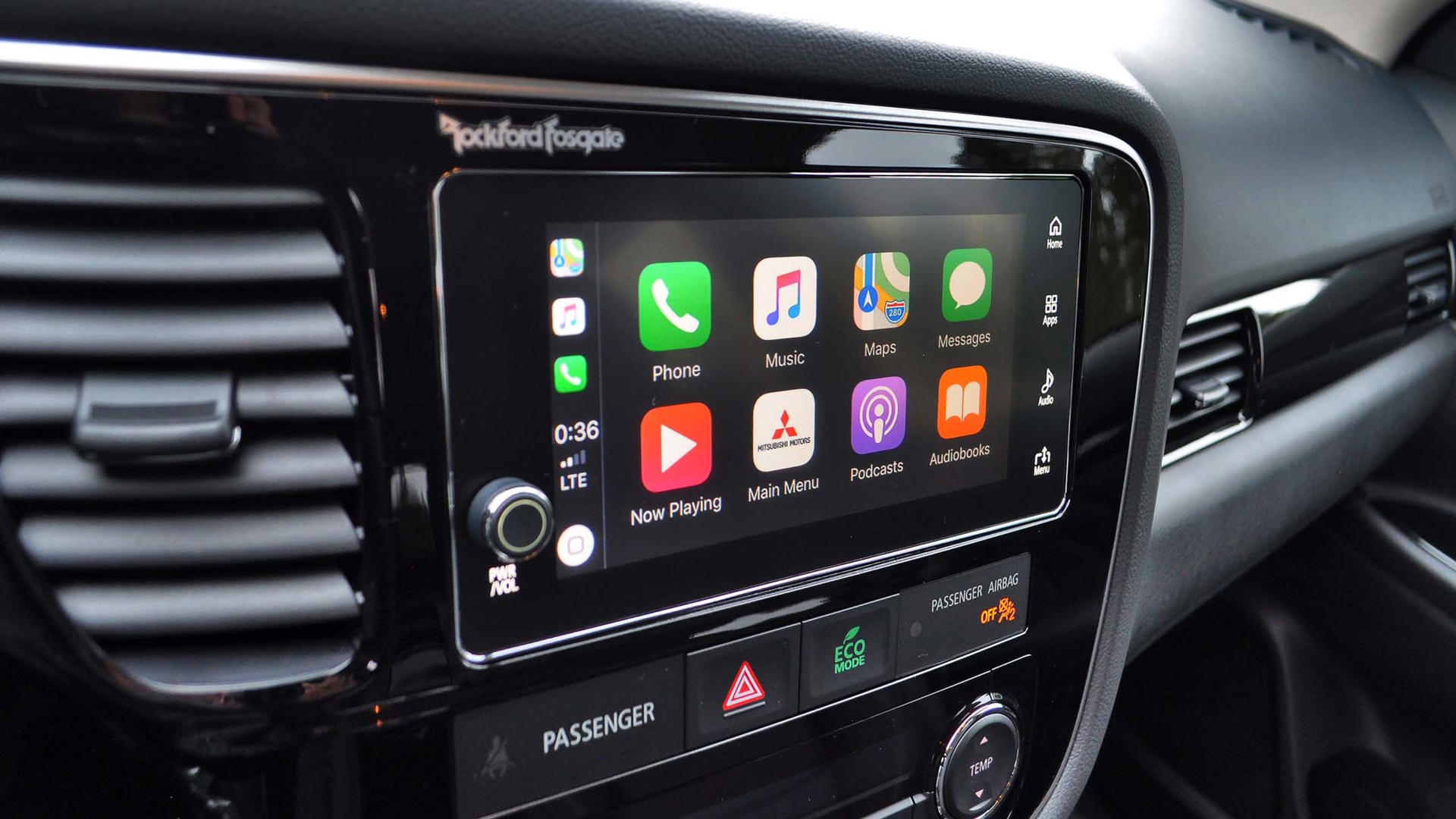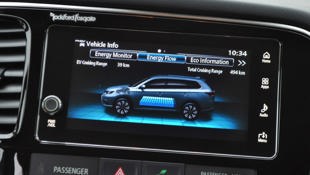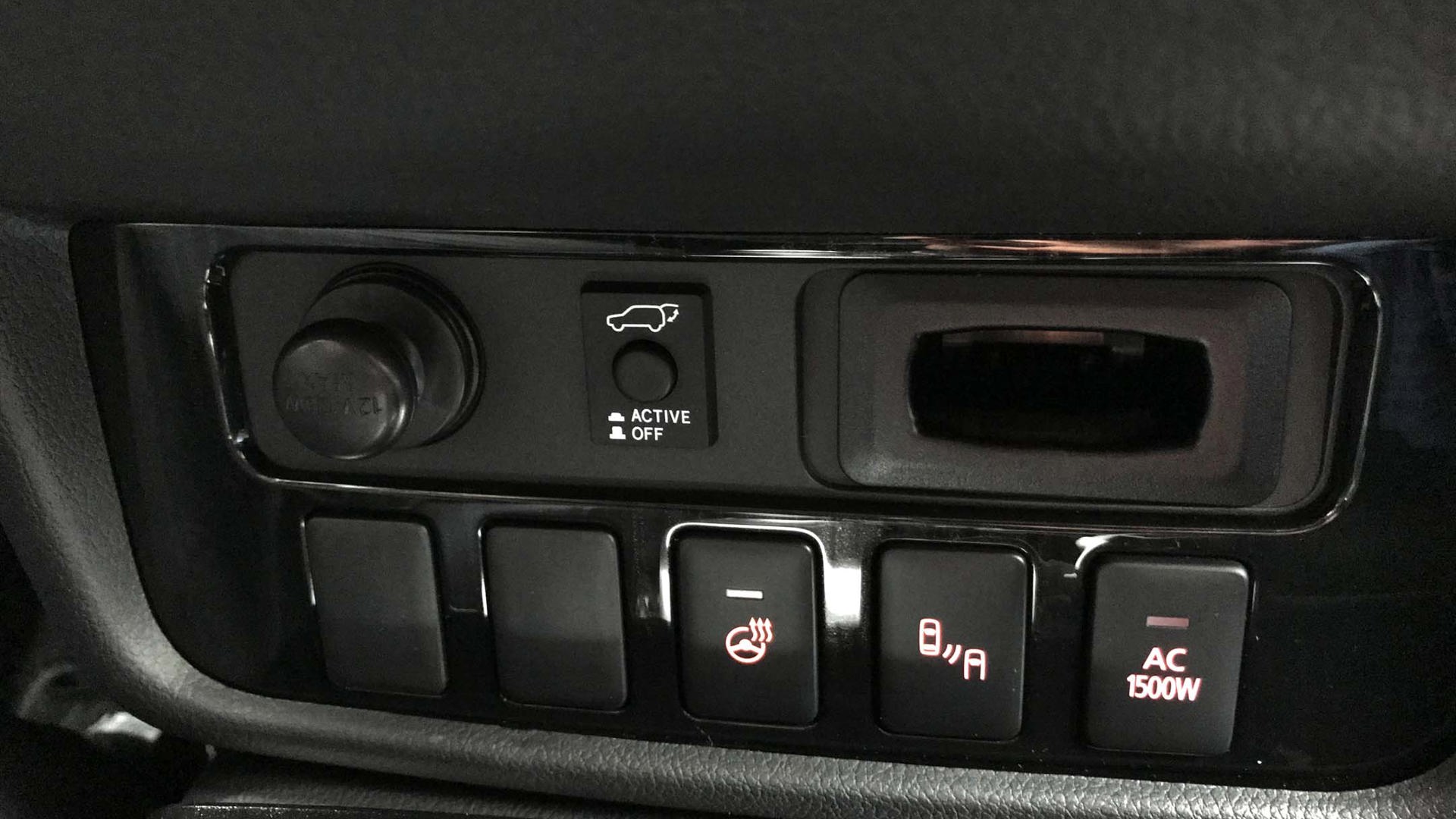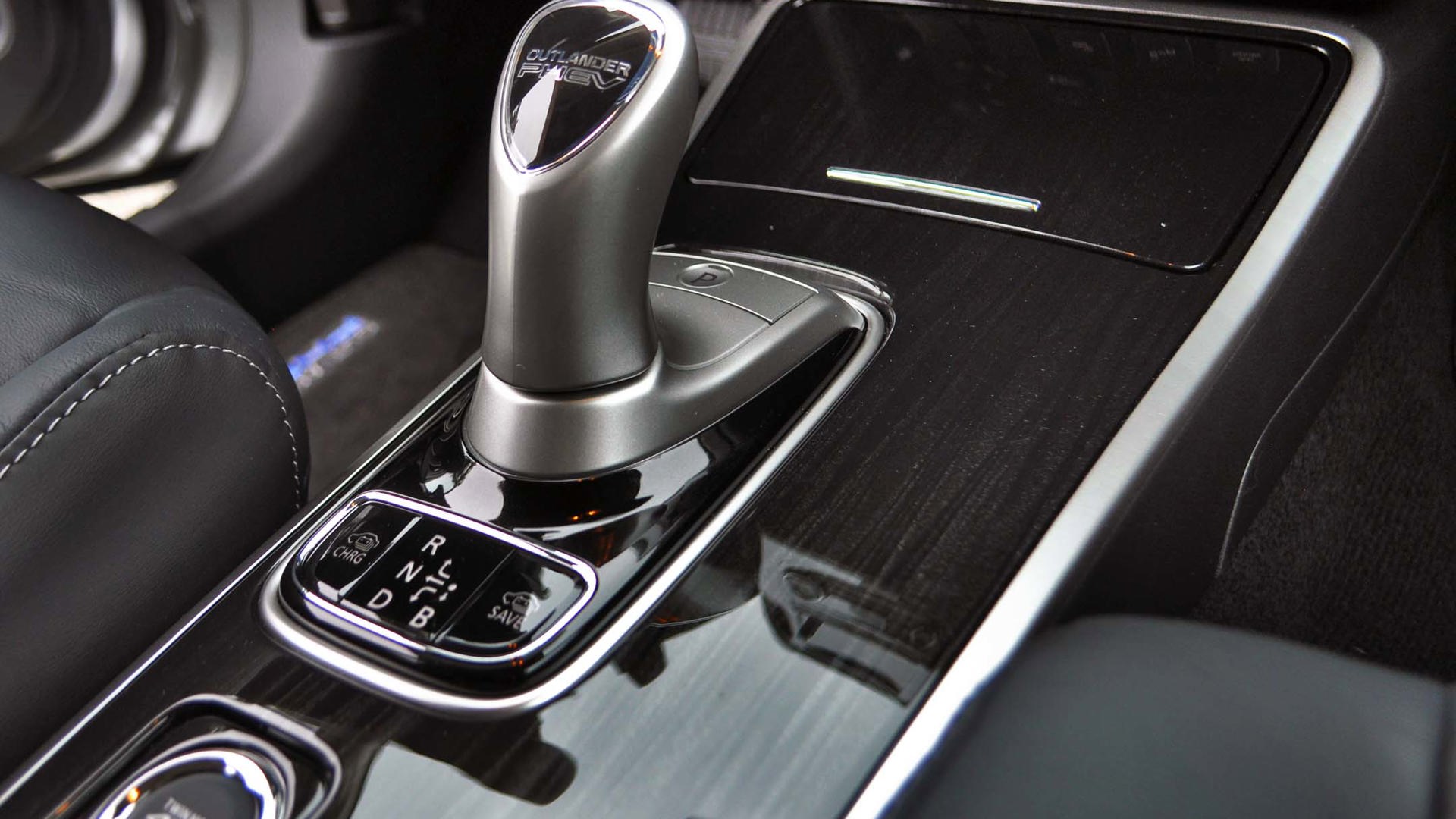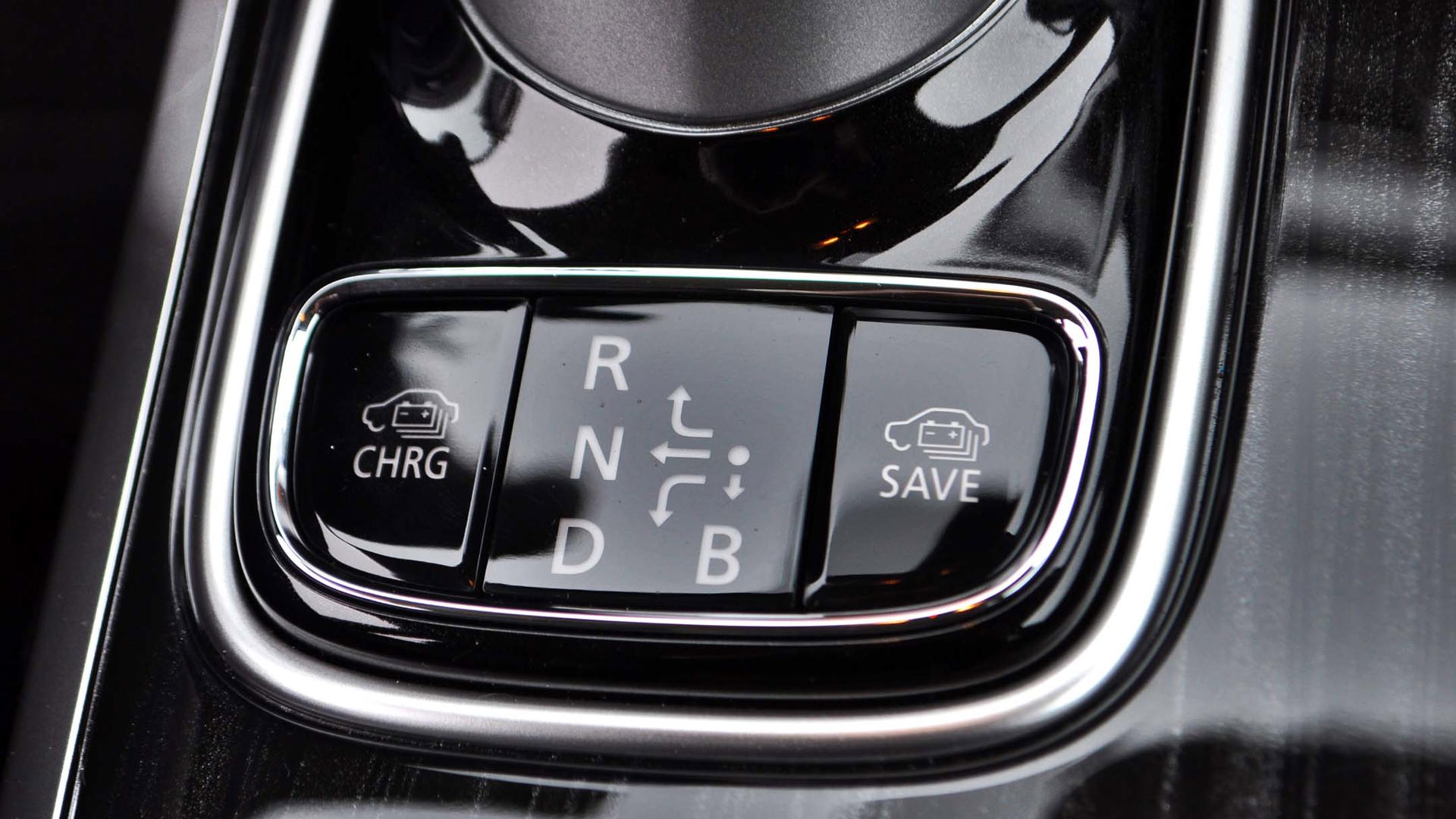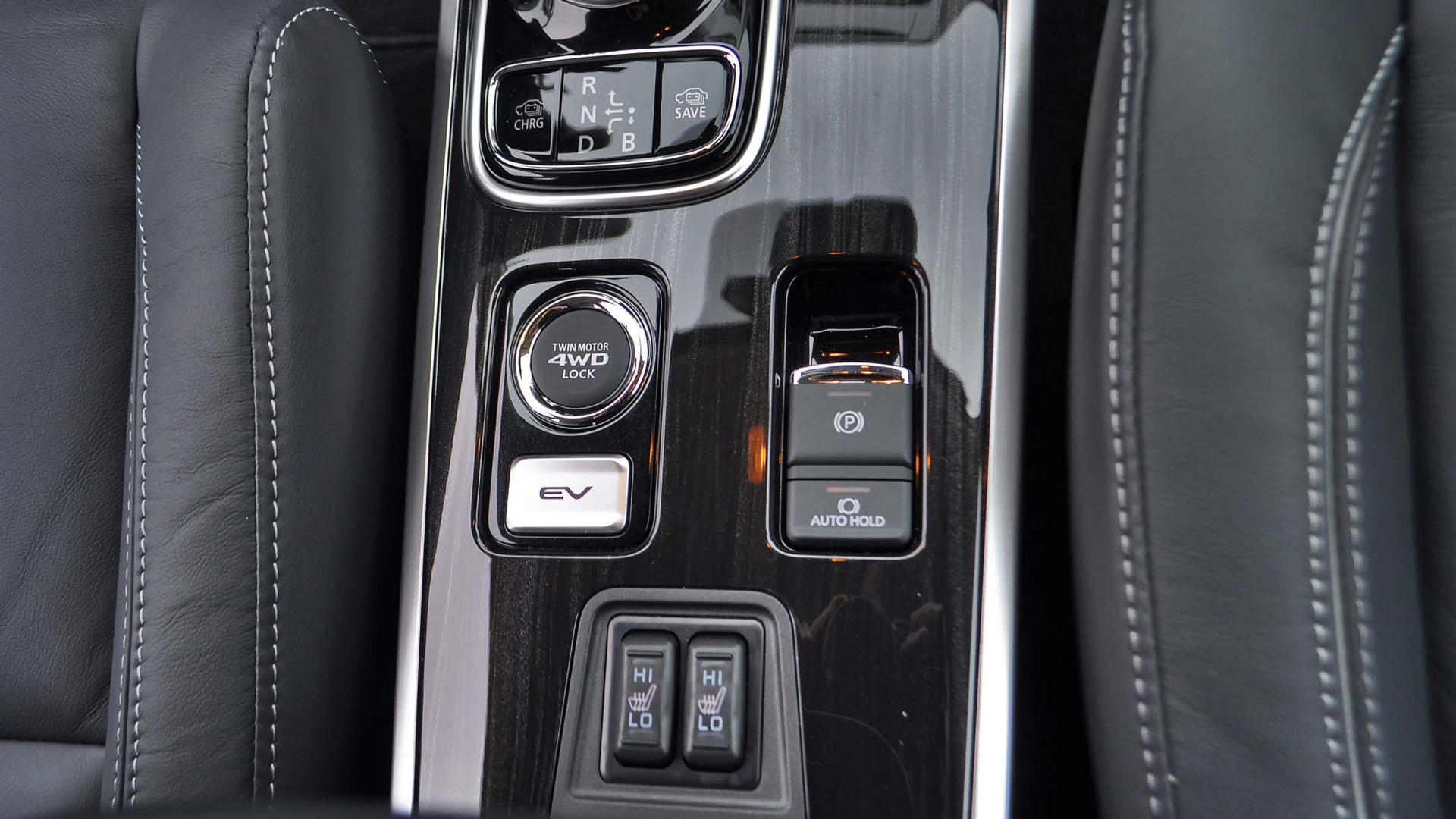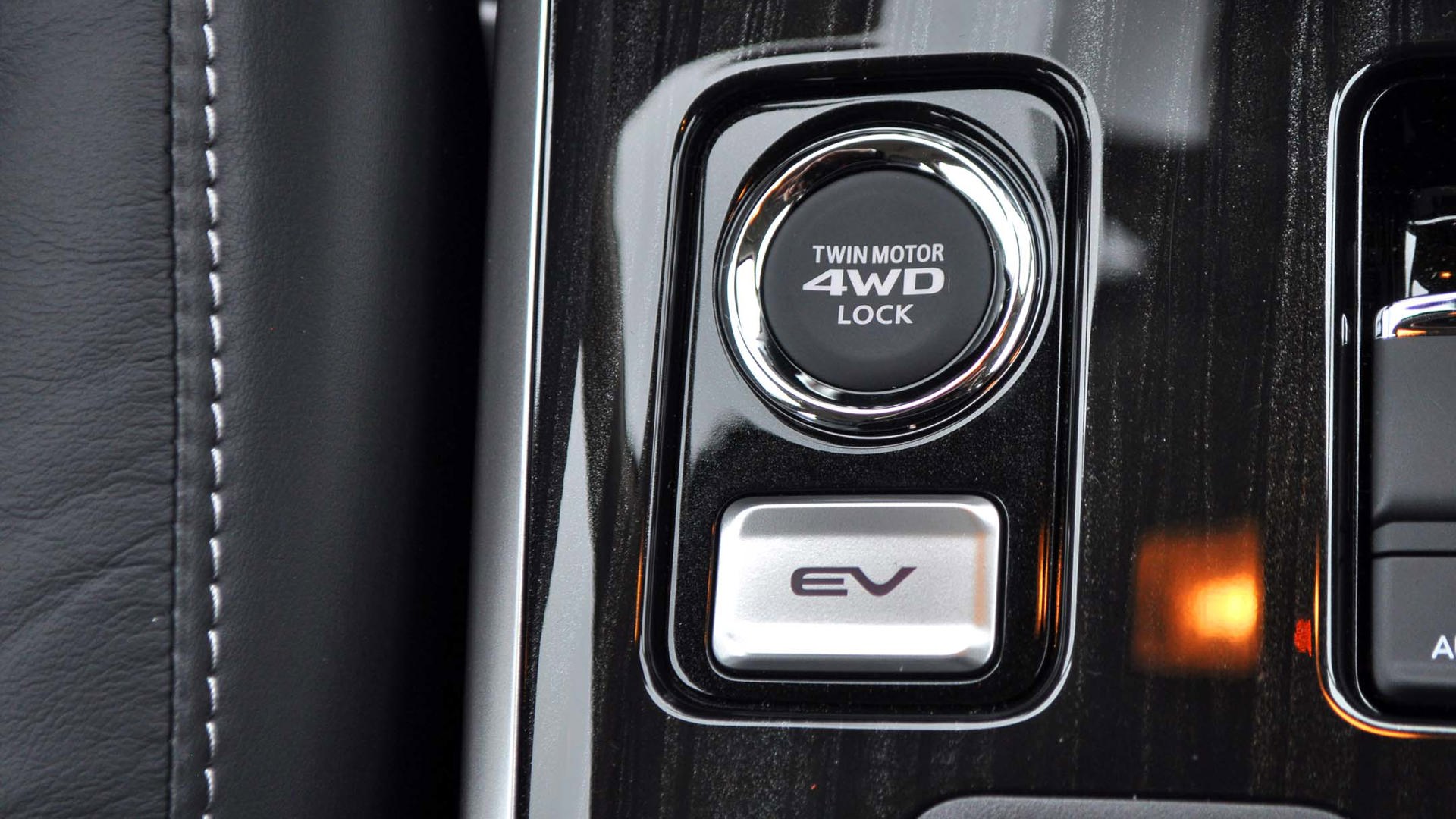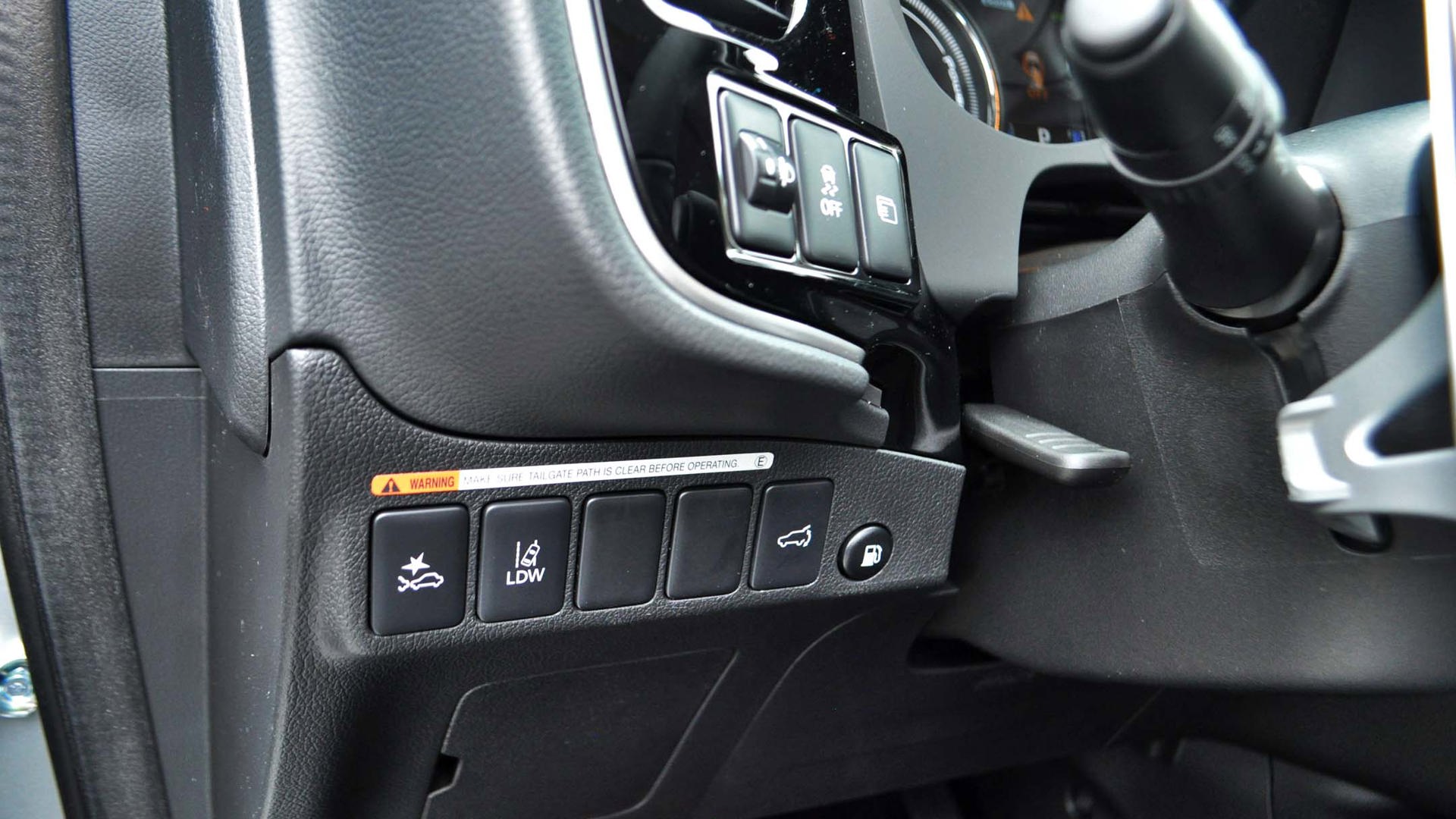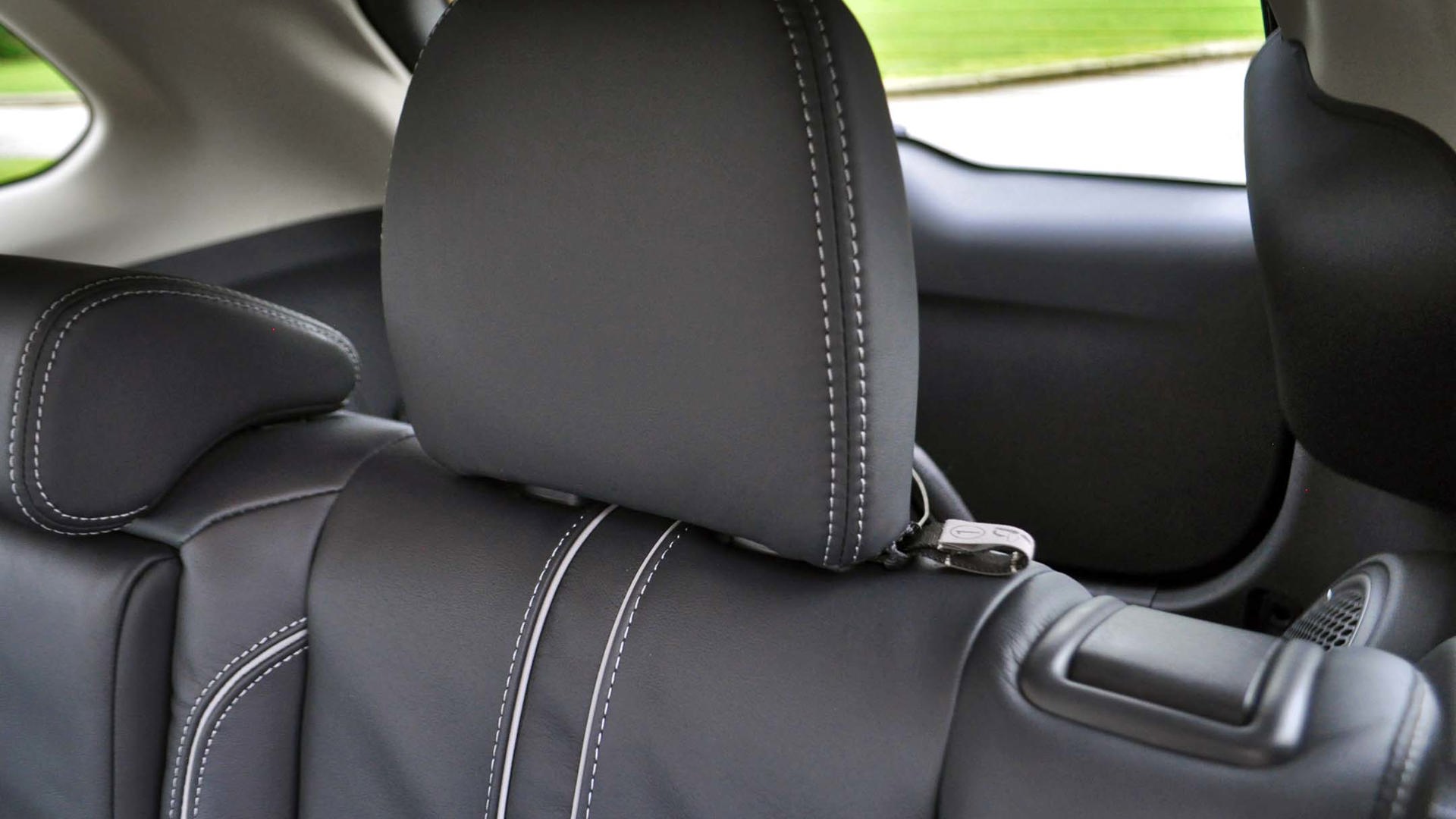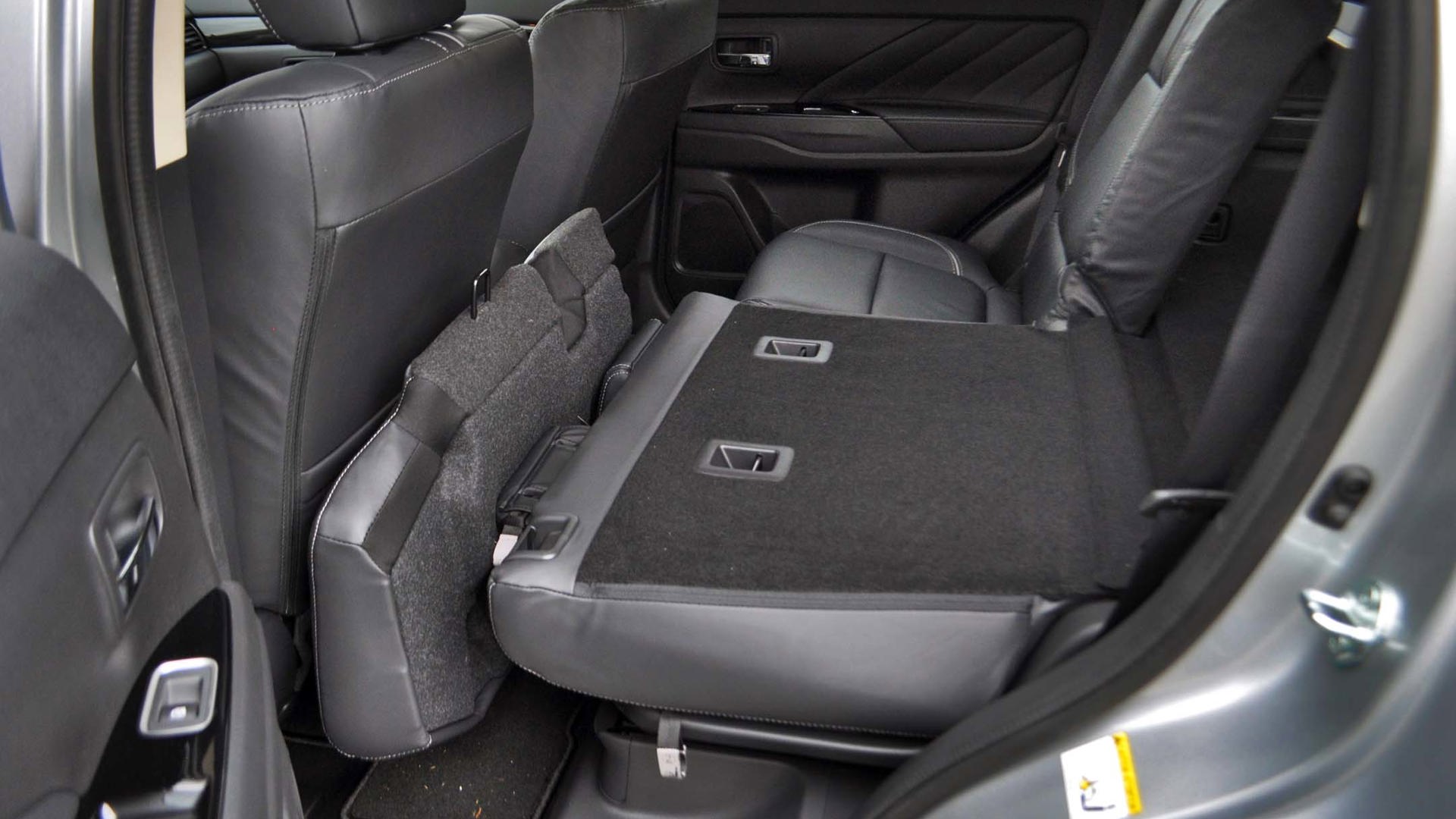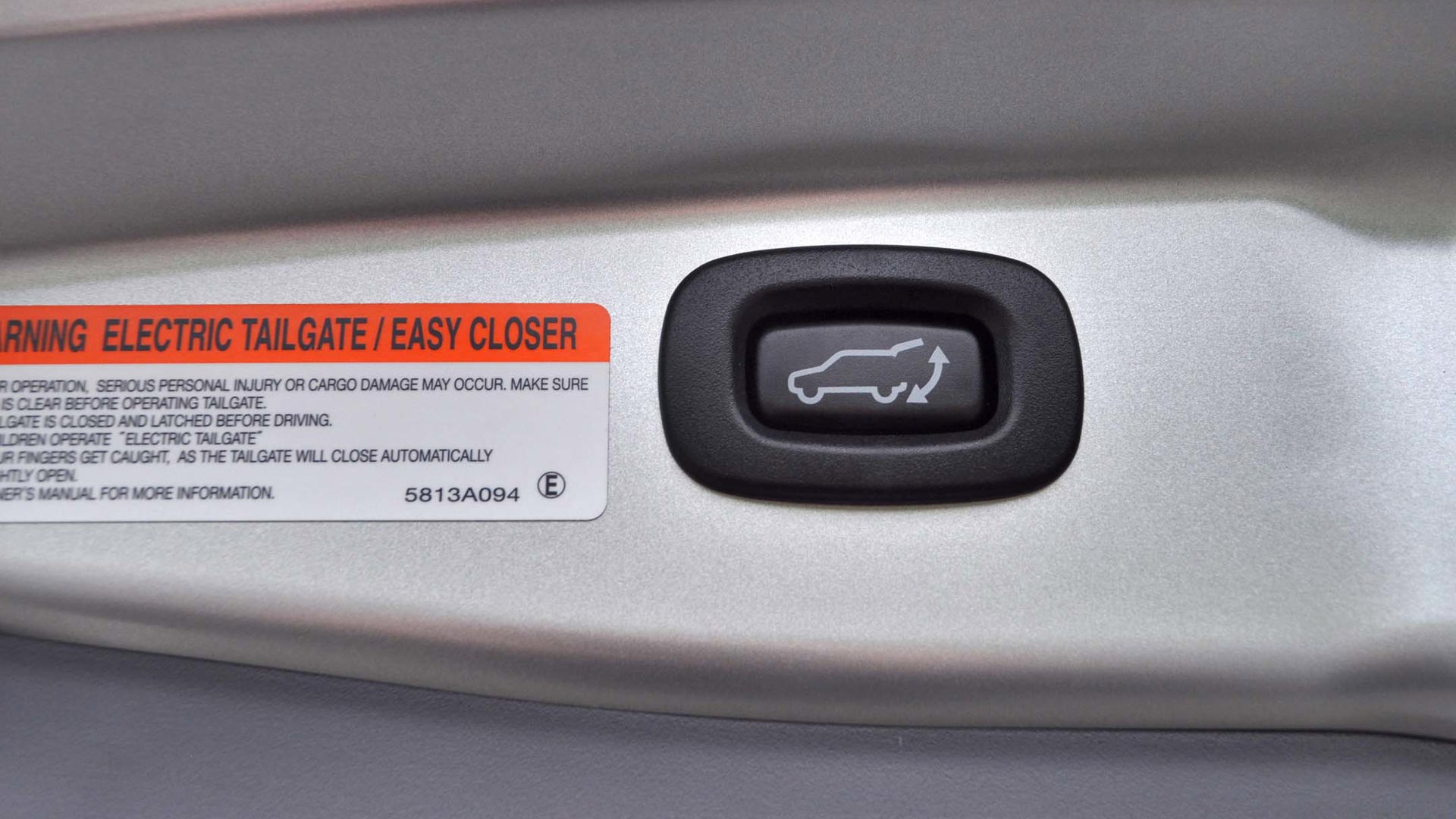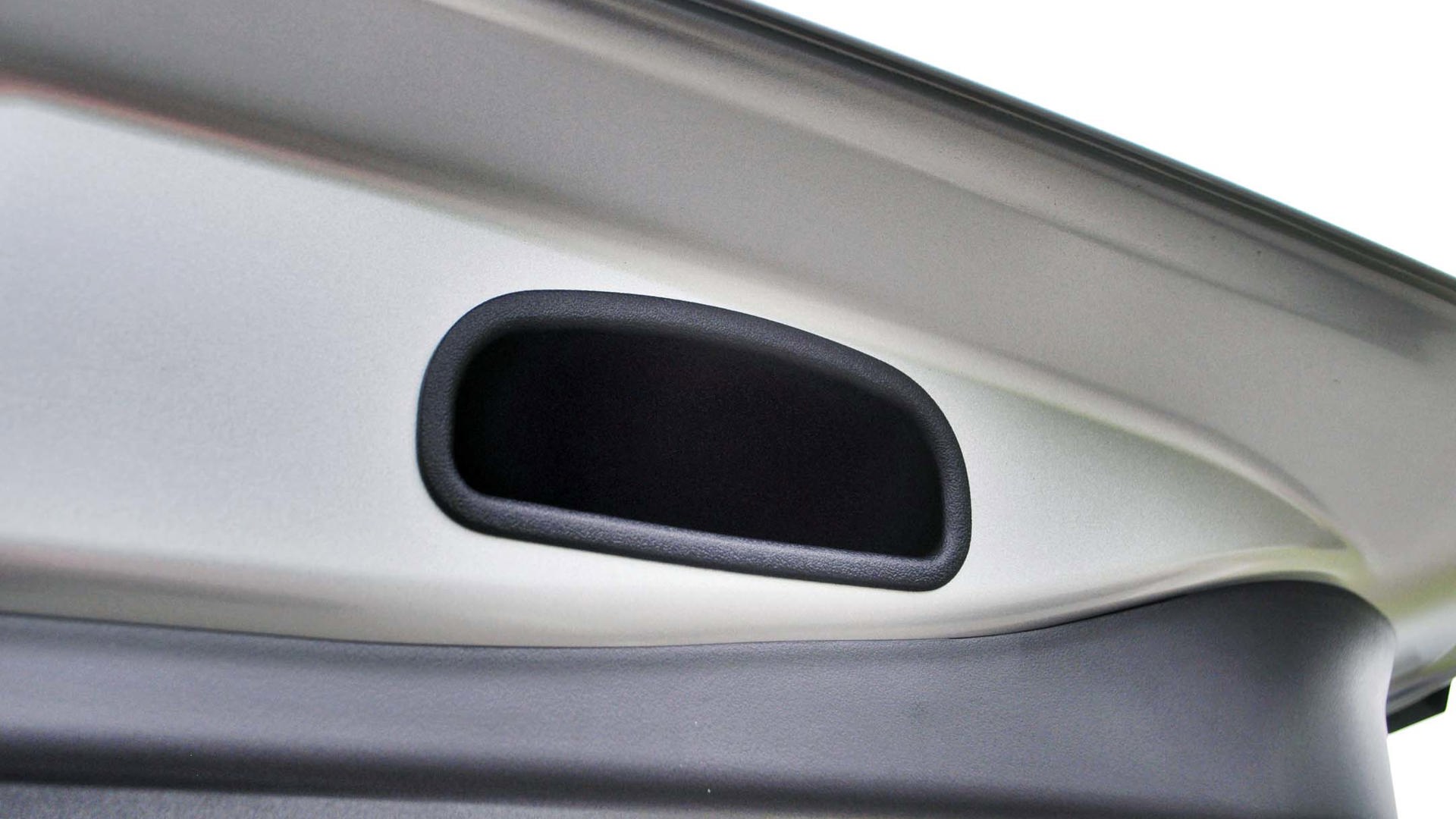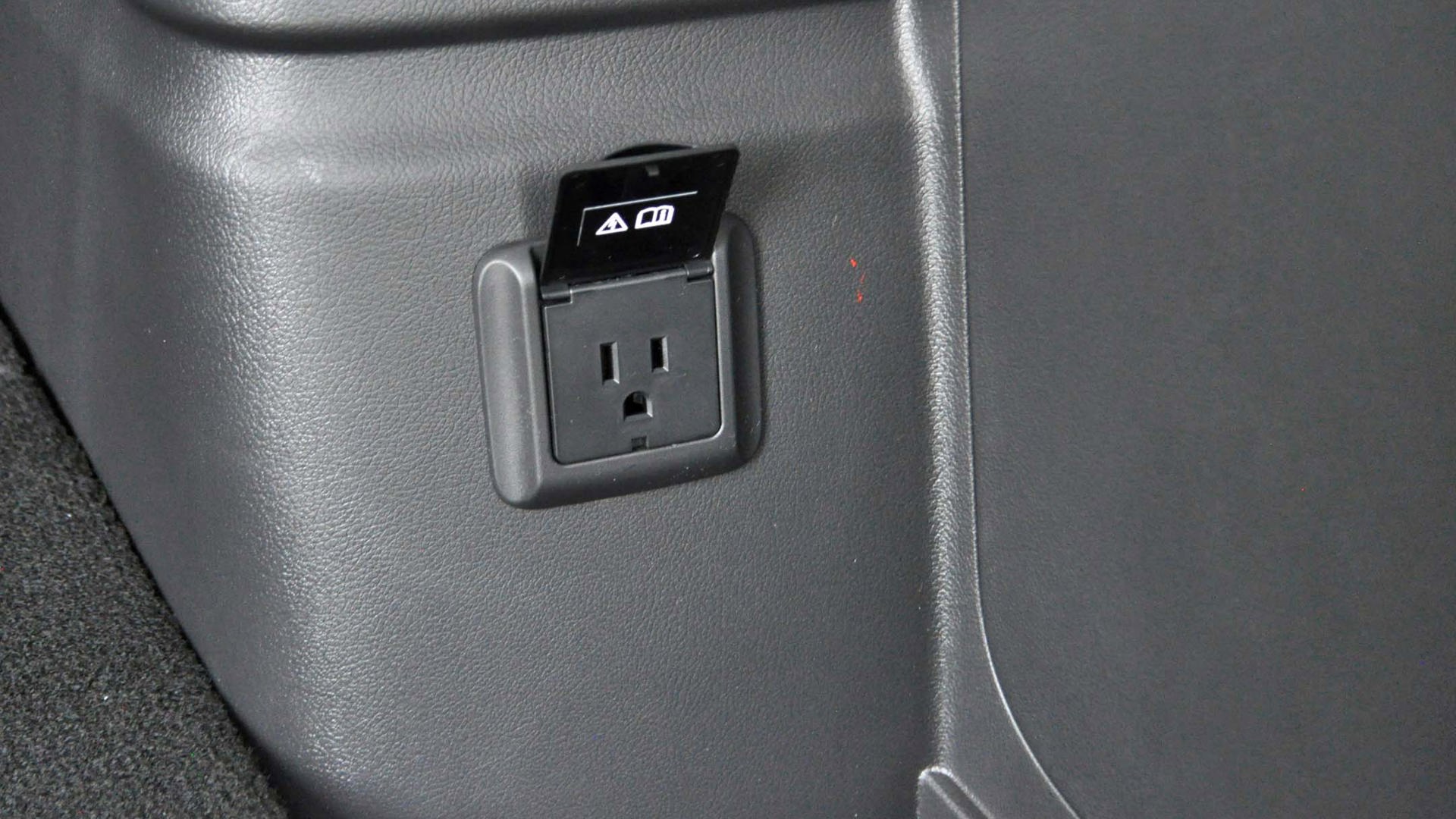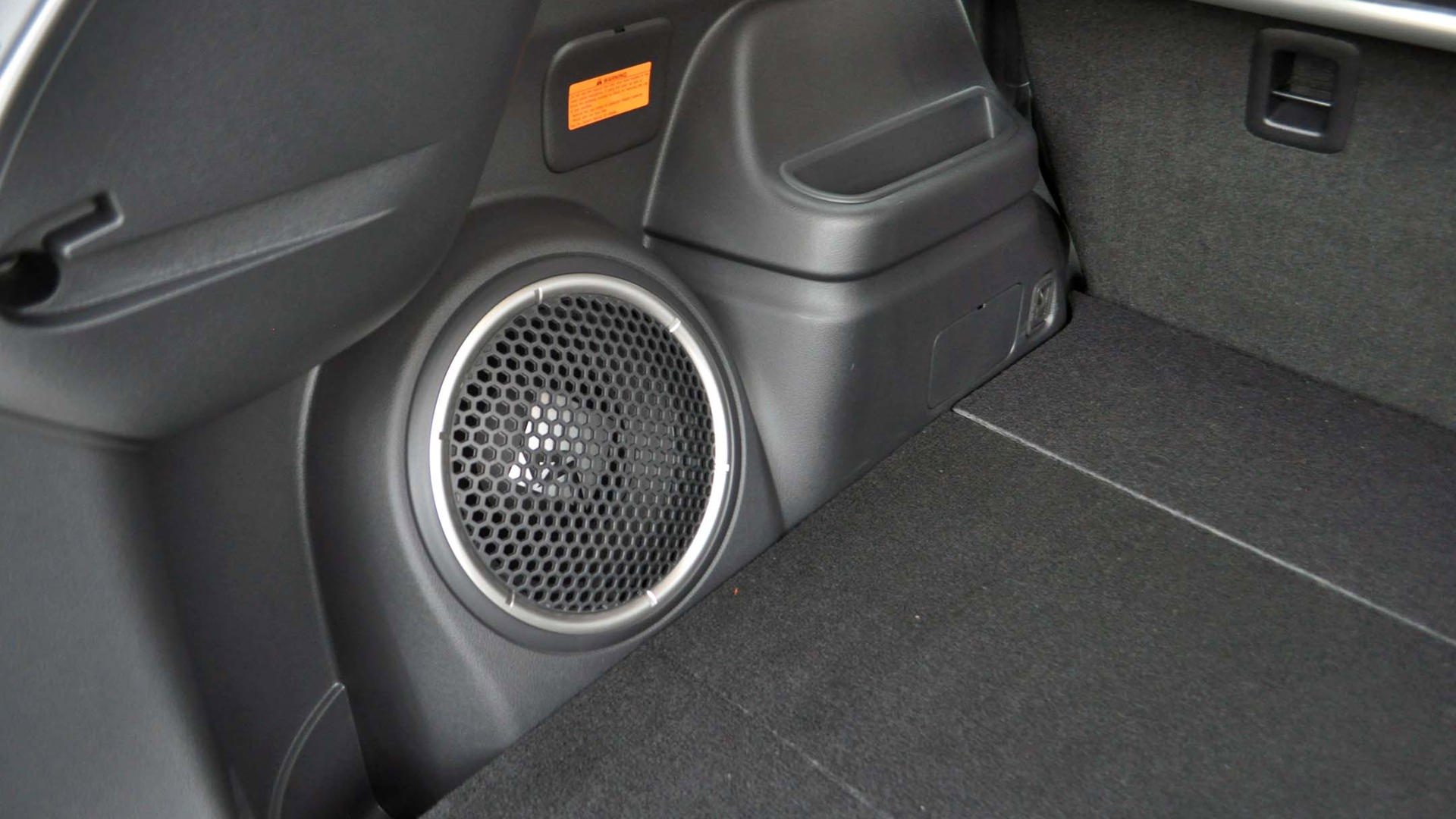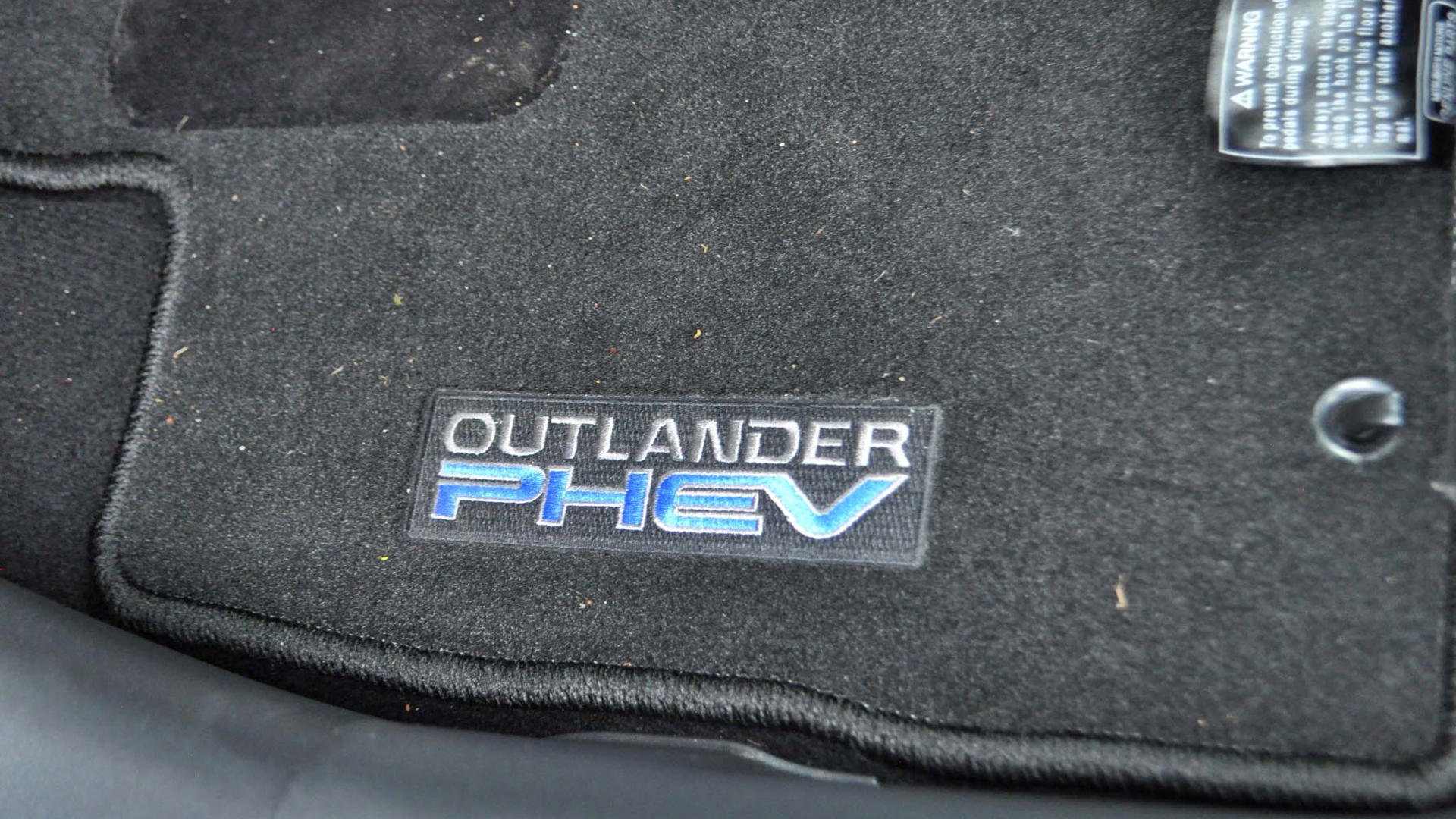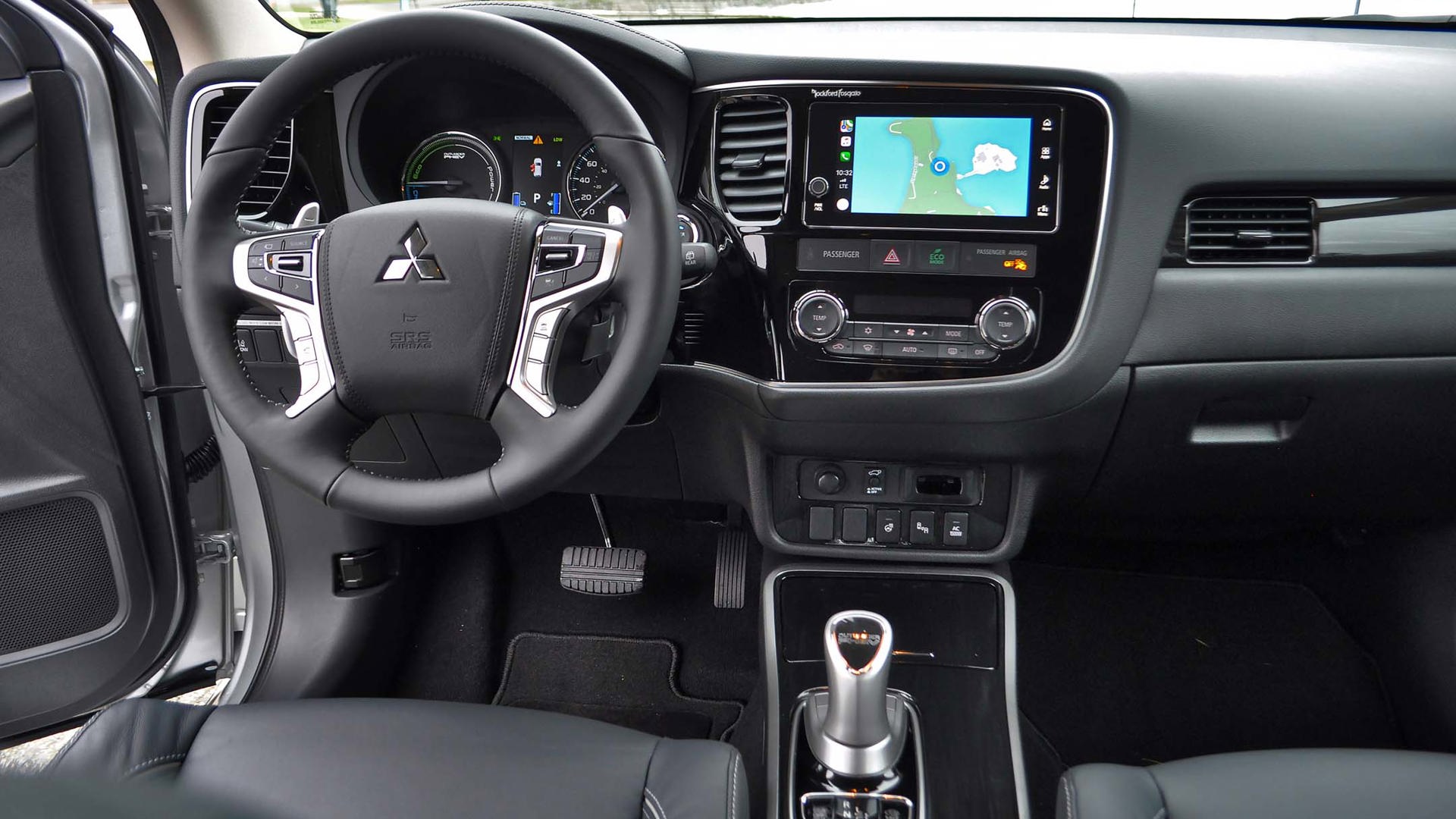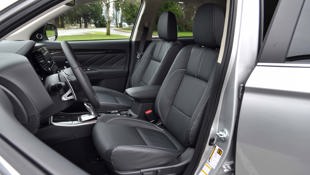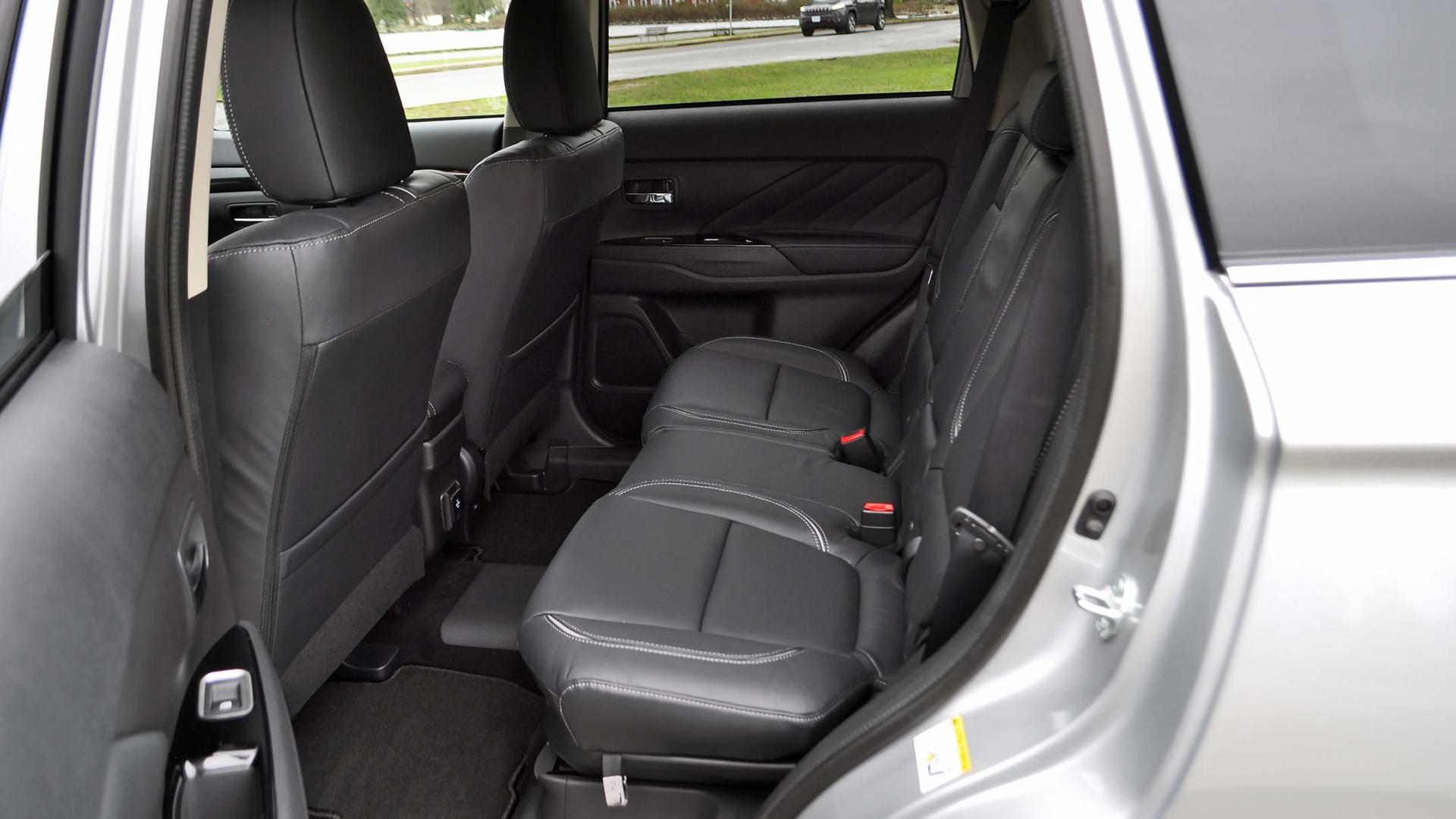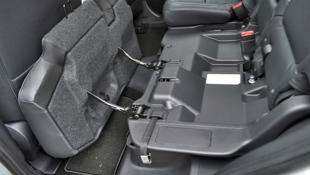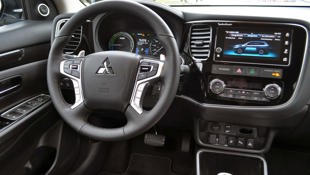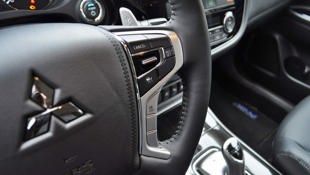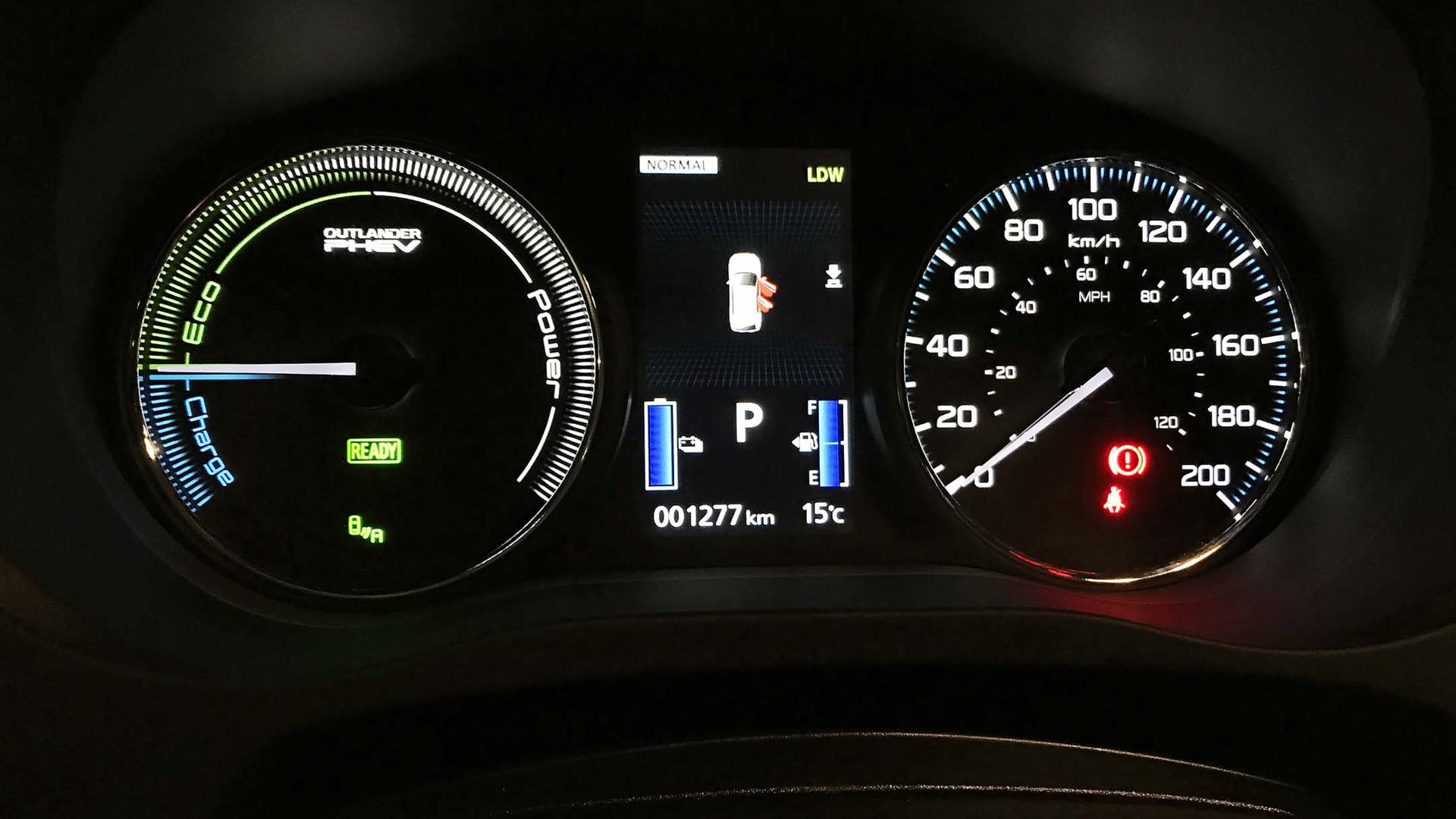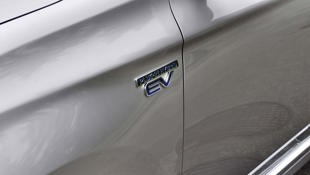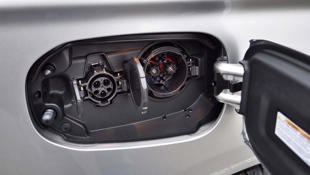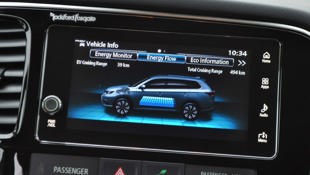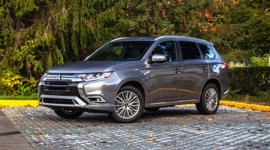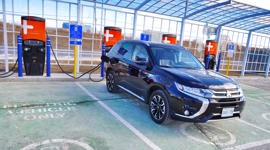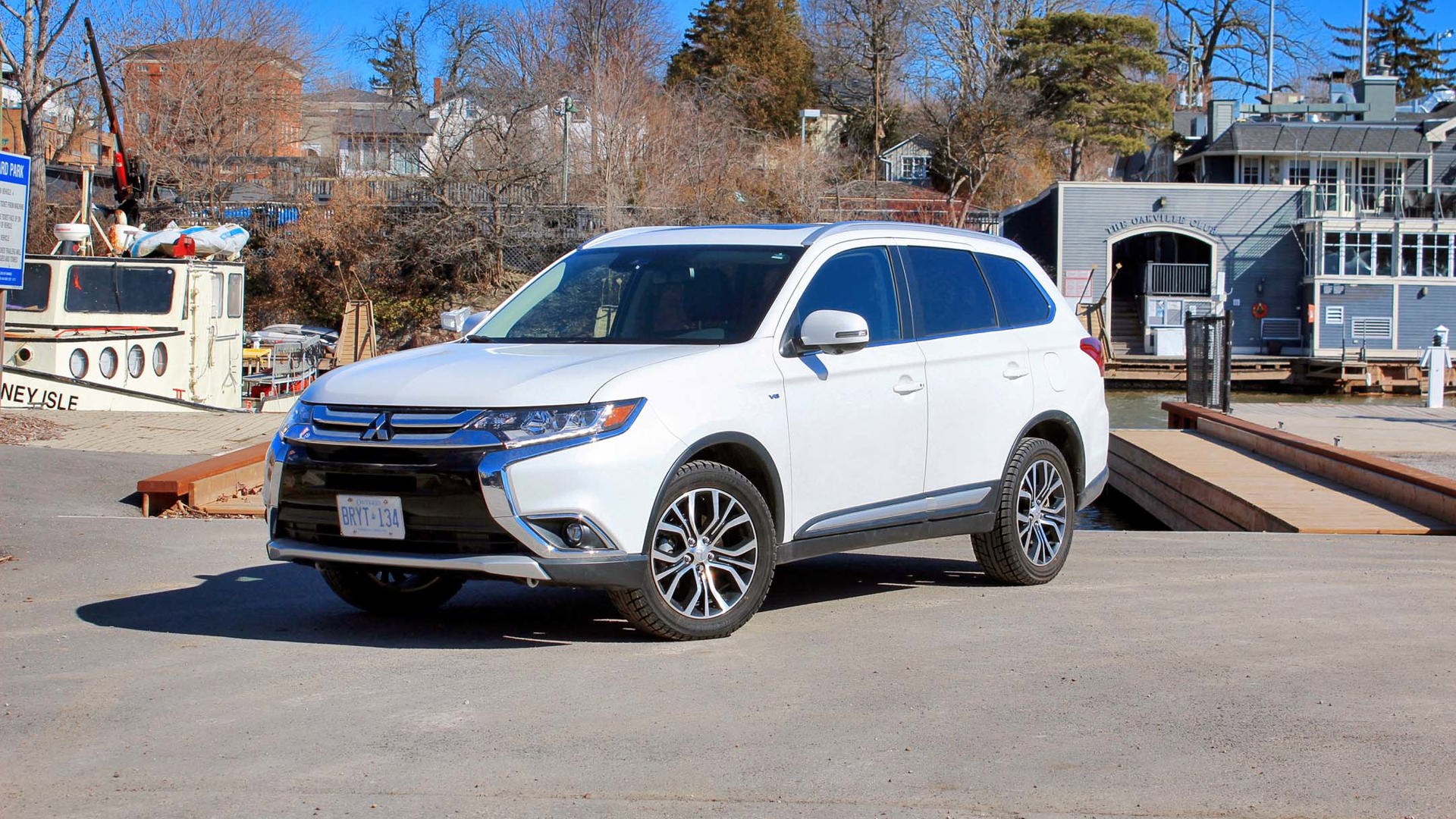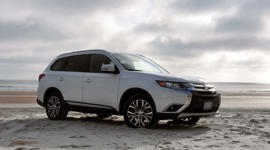Vancouver, BC – After multiple delays due to overwhelming and perhaps unexpectedly strong sales in other markets since its debut in 2013, the Mitsubishi Outlander PHEV (plug-in hybrid electric vehicle) has finally arrived in Canada for 2018 – and a few class-leading features suggest that it was worth the wait.
Canadians will wonder what took Mitsu so long.
Mitsu’s brawny yet high-tech Outlander is the lowest-priced plug-in hybrid SUV on sale in Canada, and much larger than the slightly pricier Mini Cooper S E Countryman that’s likely its closest current competitor. The Mini, however, offers a measly 19 km worth of official range, as measured by Natural Resources Canada, compared to a much more useful 35 km for the Outlander PHEV.
That’s also more all-electric range (AER) than the pricier Volvo XC60 T8’s official 27 km figure, but not quite as much as the larger Chrysler Pacifica Hybrid’s 53 km, two other key Outlander PHEV rivals. In fact, none of the luxury-branded SUV PHEVs on the market now offer more all-electric range than the Outlander. (Keep in mind here that Tesla’s ludicrously quick gull-winged Model X is a BEV, not a PHEV – plus that particular luxury SUV starts right by the six-figure border in Canada now.)
The Outlander PHEV is the only plug-in hybrid SUV currently offered in this country with DC Fast Charging capability, which allows up to an 80 percent charge in less than half an hour. This standard quick-charge capability is usually reserved for BEV models that run on electrons only, thus allowing more practical long-distance driving for battery-electric owners. Given its hybrid-sized battery pack, long-distance driving ability is ably handled by this Outlander’s downsized and fuel-efficient 2.0-litre four-cylinder engine, compared to the gas-only Outlander’s 2.4-litre mill.
Mitsubishi Canada brought us out to the wet coast for its official Canadian coming-out party this week, where we could finally drive and sample this plug-in hybrid SUV that had been raved about in European media for years, and teased for this country for a similarly long time as well. Greeted by a mostly rainy Vancouver winter’s day, with temperatures hovering around three degrees Celsius, it was time to find out for ourselves how the Outlander’s electric range and fuel efficiency handled real Canadian roads and conditions.
Not the most extreme cold winter conditions, granted, but illuminating nonetheless, as such conditions in much of the rest of the country could occur on mild winter (or chilly spring or autumn) days as well.
Value key to global success
We took advantage of a break in the cold rain to snap some photos in Vancouver’s famous and beautiful Stanley Park. Upon leaving the hotel after a full overnight charge, our silver Outlander’s range estimator showed an optimistic 45 kilometres of predicted all-electric range, or 10 km above its promised range. Its official NRCan overall fuel efficiency figure of 9.2 L/100 km would also be put to the real-world test today in a full day of driving – and it would actually prove much more adept at beating its overall gas efficiency figure than its predicted range on electricity.
And that is really what will save the majority of owners more on overall fuelling costs, as most plug-in hybrid vehicles with less than 40 km of AER spend the majority of their time sipping gas instead of electrons.
On the subject of costs, the Mitsu is significantly less pricy than most plug-in SUVs currently available, which are all from luxury automakers and start at $70,000, and often end up bone-chillingly north thereof. The Outlander PHEV starts at $42,998, and tops out at $49,998 for the top-line GT model, and is really not in that luxury class when it comes to interior appointments, ride quality, or brand cachet, but offers many of the interior luxuries that are often unavailable or optional on these pricier brands.
The base SE trim offers blind-spot warning and rear-cross traffic alert, Android Auto and Apple CarPlay, 18-inch alloy wheels, and heated front seats. A Touring package adds a sunroof, leather, powered passenger seat, and a heated steering wheel. Our fully loaded GT piled on forward collision mitigation with pedestrian detection, adaptive cruise, lane-departure warning, surround-view camera system, and a rear power liftgate.
The GT also adds a Rockford-Fosgate audio system, auto high-beams and two 110-volt outlets, one in the back seat and one in the cargo area, which is great to plug devices into, and can even power camping equipment or espresso machines.
For some perspective, the top-line gas V6 Outlander runs for around $38K. But getting the Outlander PHEV down in price are provincial incentives in BC ($2,500), Quebec ($4,000) and Ontario (a whopping $9,555). That Ontario rebate in particular brings the Outlander PHEV’s price close to that of the popular Toyota RAV4 Hybrid, though it’s closer in size to the Highlander Hybrid.
Super quiet, super efficient
Behind the wheel, the Outlander PHEV drives super silently, especially when there’s a fully charged battery to enjoy. A full accelerator-planting of your right foot will bring about the usual internal combustion noise from under the hood, but it was only on larger inclines where it actually kicked in on our relatively sedate drive route.
There are shift paddles that can increase or decrease the amount of regenerative braking, from hardly any in normal Drive (B0), to lots of retardation and even brake lights in B5. It’s not enough to do full one-pedal driving, but if you leave it in D, it’s an easy powertrain to switch to for folks who just want it to feel like a regular car. If you care to be so engaged, it becomes an entertaining game to choose the right level of regen for each situation and try to eke out the longest distance possible using no gas whatsoever.
With mostly normal heated seat and climate control usage, we hit a total electric range of 32 km – only three below its officially rated number, so not bad at all, but well below the 45 km it promised us to start. Granted, we used the defrost function to avoid window frost, instead of suffering the cold by opening the windows as some colleagues did.
From a fuel efficiency perspective, we made a more impressive showing of 5.9 L/100 km, compared to the official 9.2 L/100 km figure you’d expect if you just drove it without plugging it in beforehand, highlighting the value of charging it up.
Drivetrain-wise, not only does the Outlander come standard with lockable electronic four-wheel drive, it also features a performance-oriented all-wheel drive system based on the same torque-vectoring solution as the Lancer Evolution, called Super-All Wheel Control (S-AWC) in Mitsu-speak.
There are three ways to plug in your Outlander PHEV. The fastest is with a Level 3 DC Fast Charger, which provides an 80 percent charge in less than 30 minutes, with Mitsubishi one of the few companies sticking to the CHAdeMO standard for its quick-charge connection. With a Level 2 wall charger, as you’re seeing at more and more malls and parking lots, a full charge takes about 2.5 hours. On a regular 100V outlet, it takes anywhere from eight to 12 hours.
Conclusion
It’s the value per dollar equation that’s helped the Outlander PHEV become the top-selling plug-in hybrid SUV in the world. Though the Windsor-built Chrysler Pacifica plug-in minivan promises better range – and remains the only PHEV to offer three rows of seating – it is still only available in front-wheel drive, unlike the all-wheel drive Outlander, which will prove a key advantage to it. Mitsubishi says it will sell as many as Canadians want, and judging by this impressive showing of fuel-efficiency, quiet refinement and no loss of cargo space, Canadians will wonder what took Mitsu so long.
